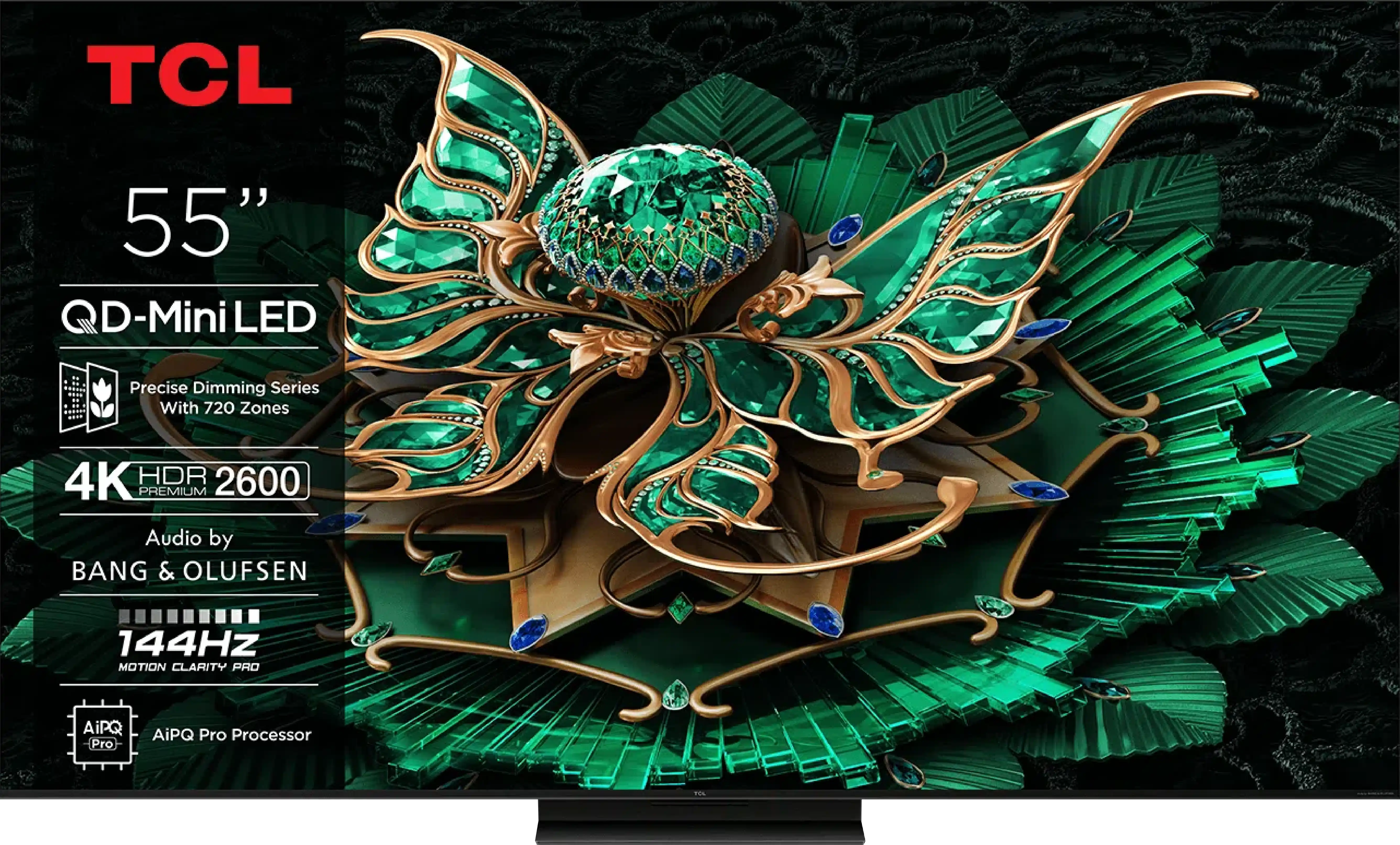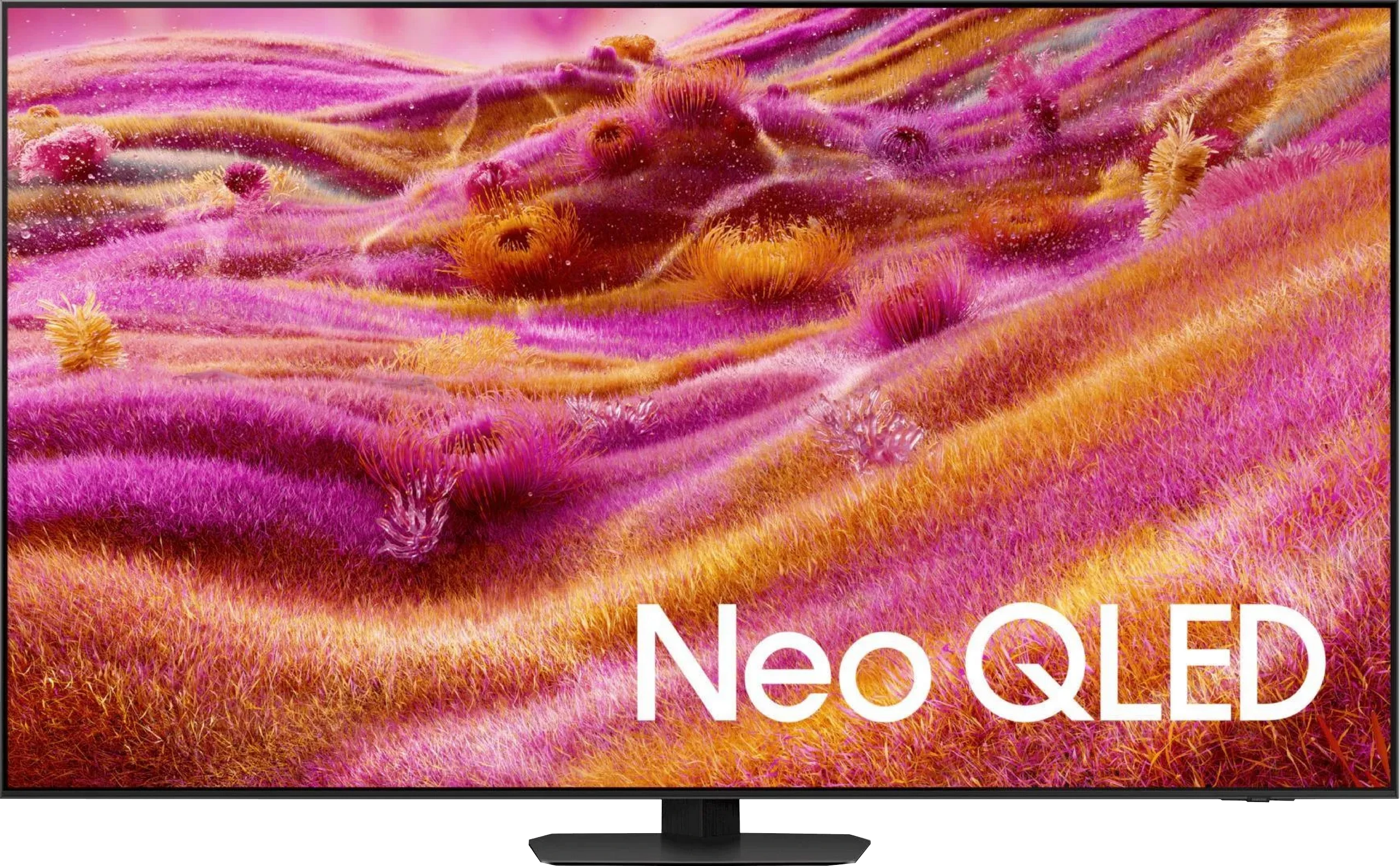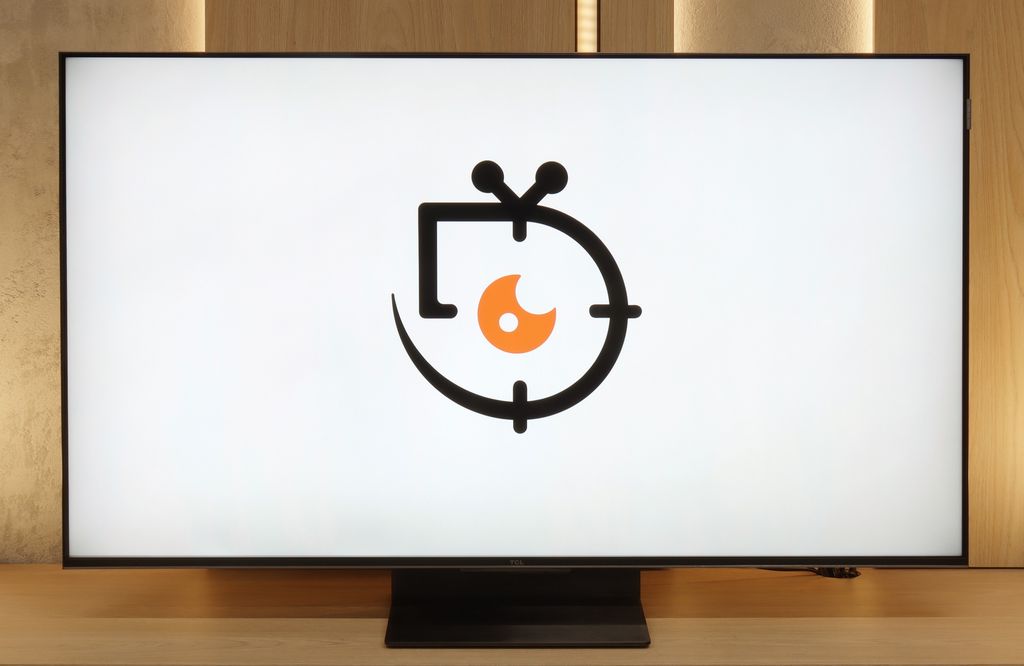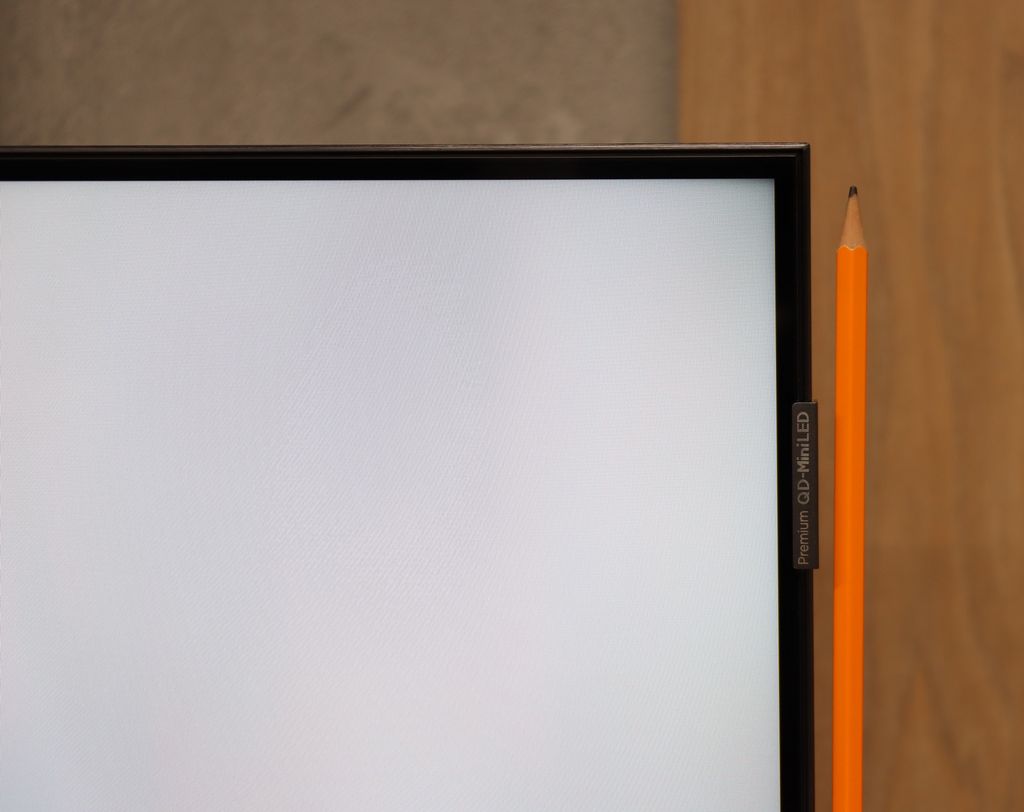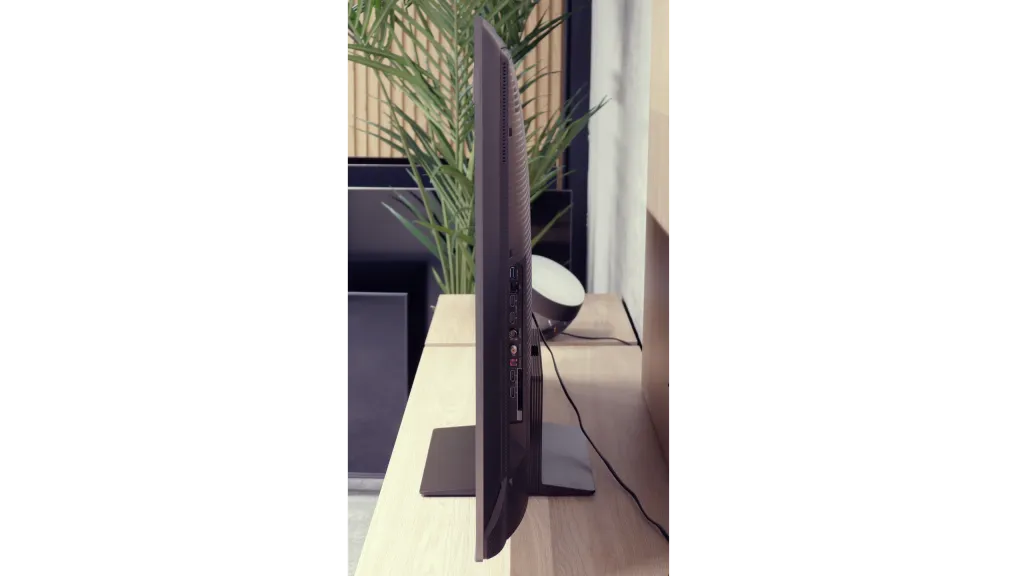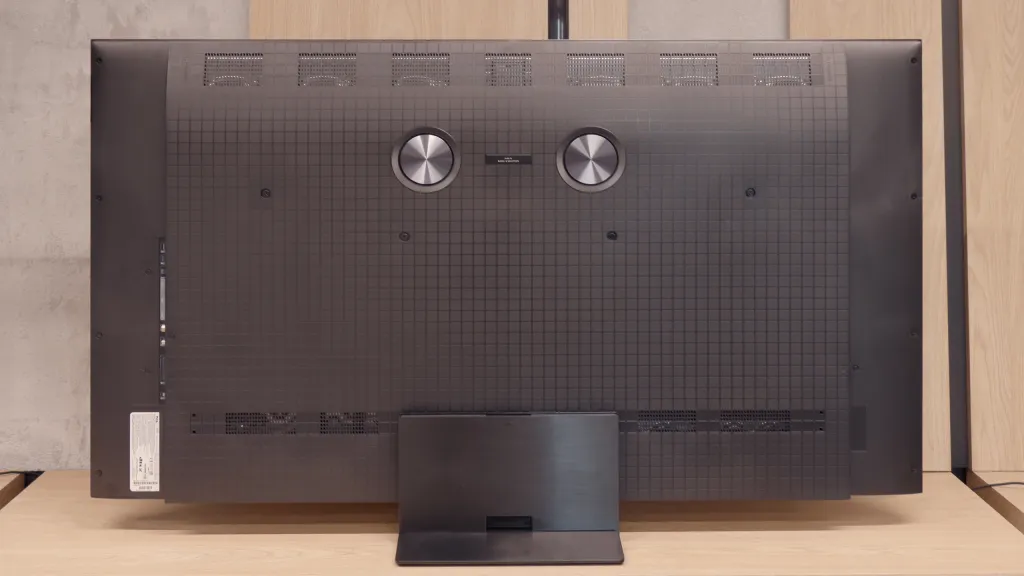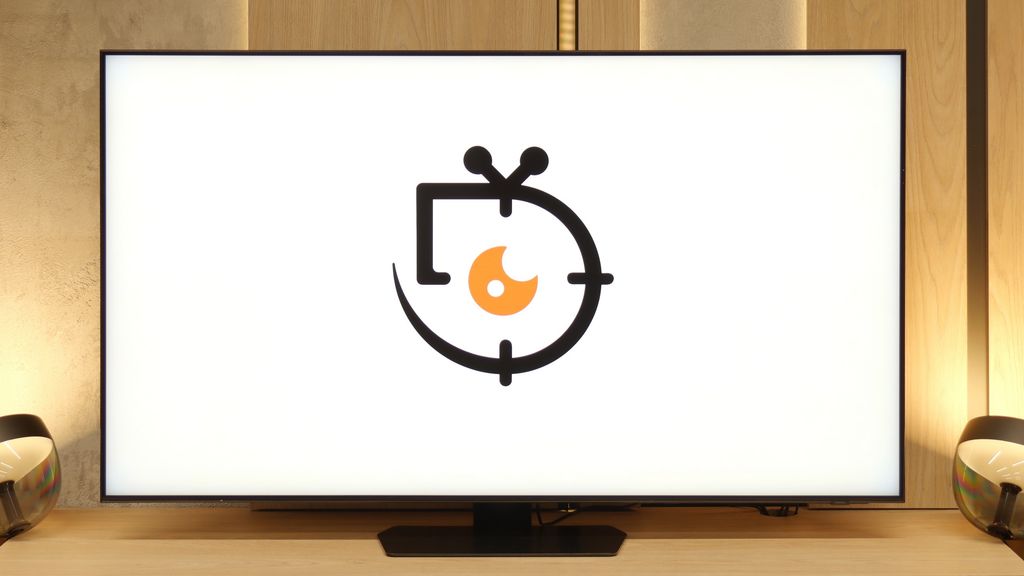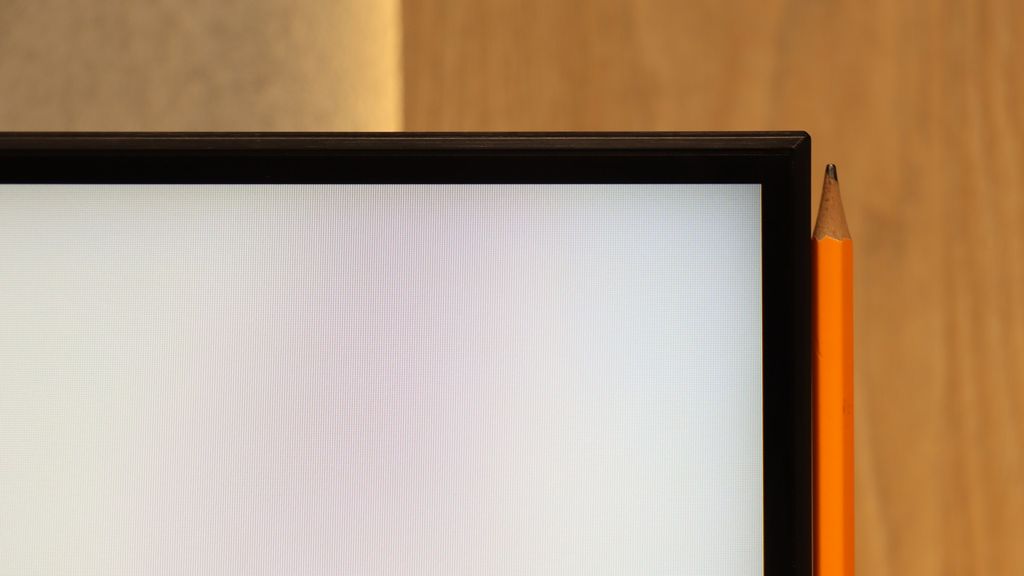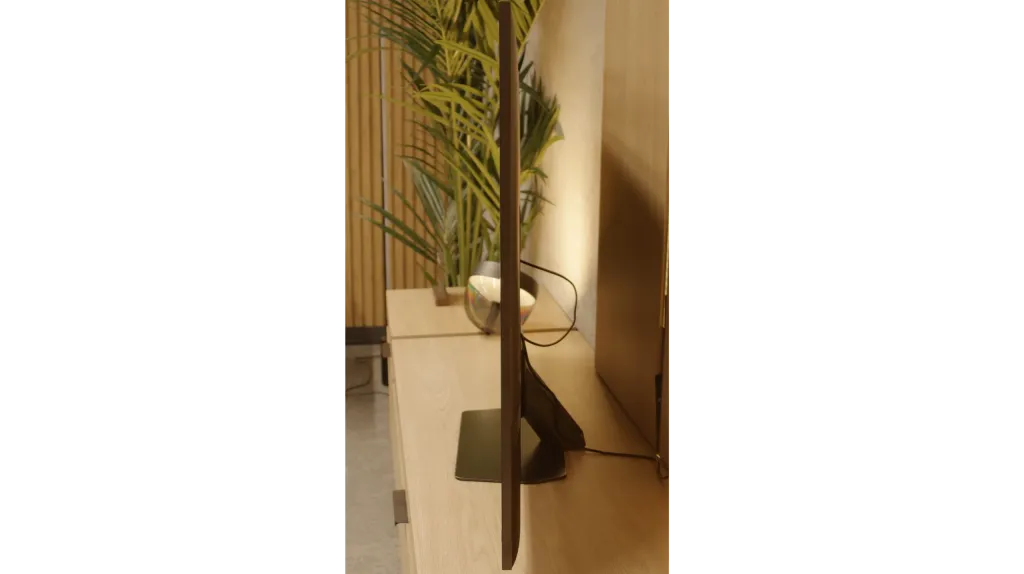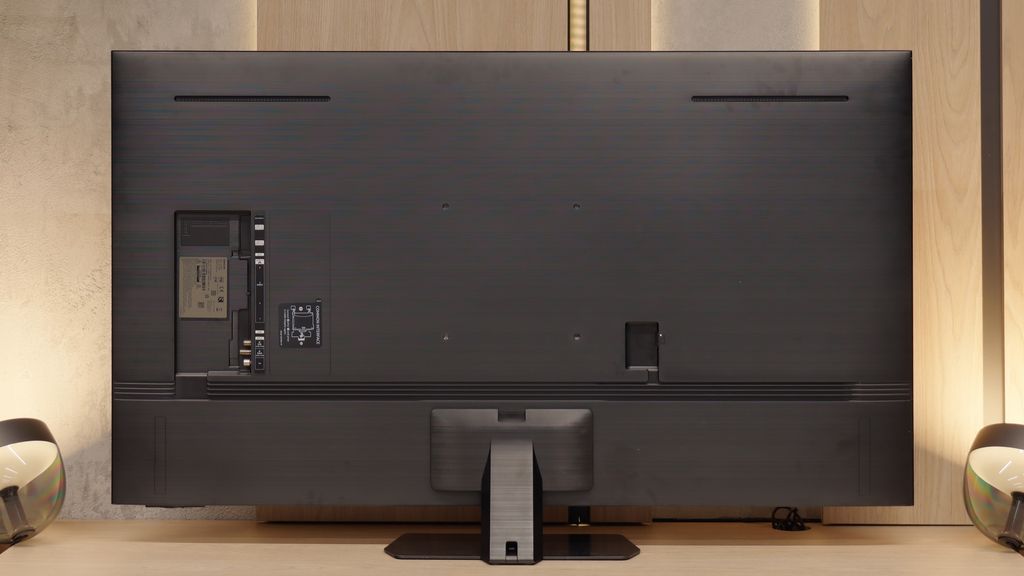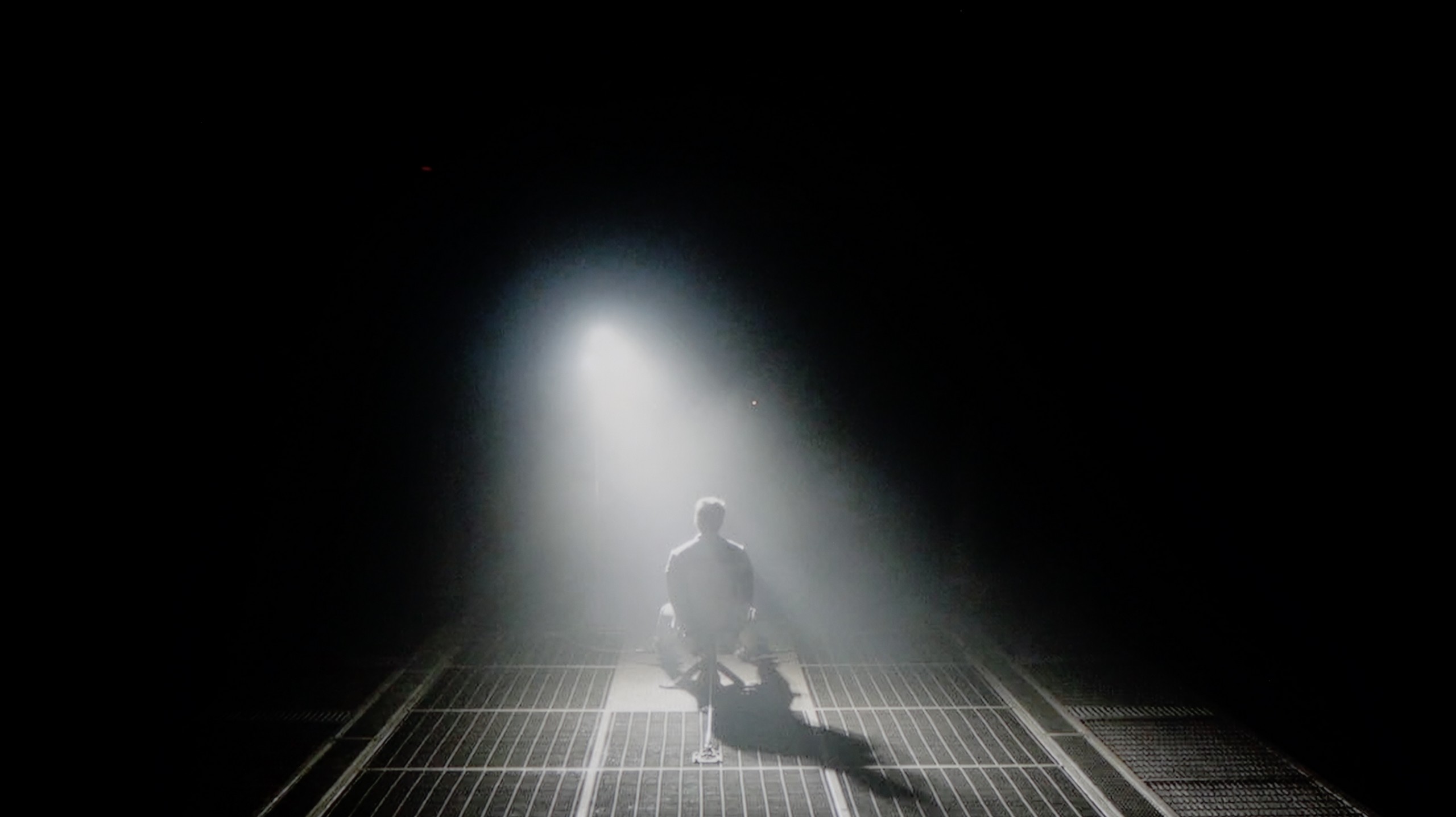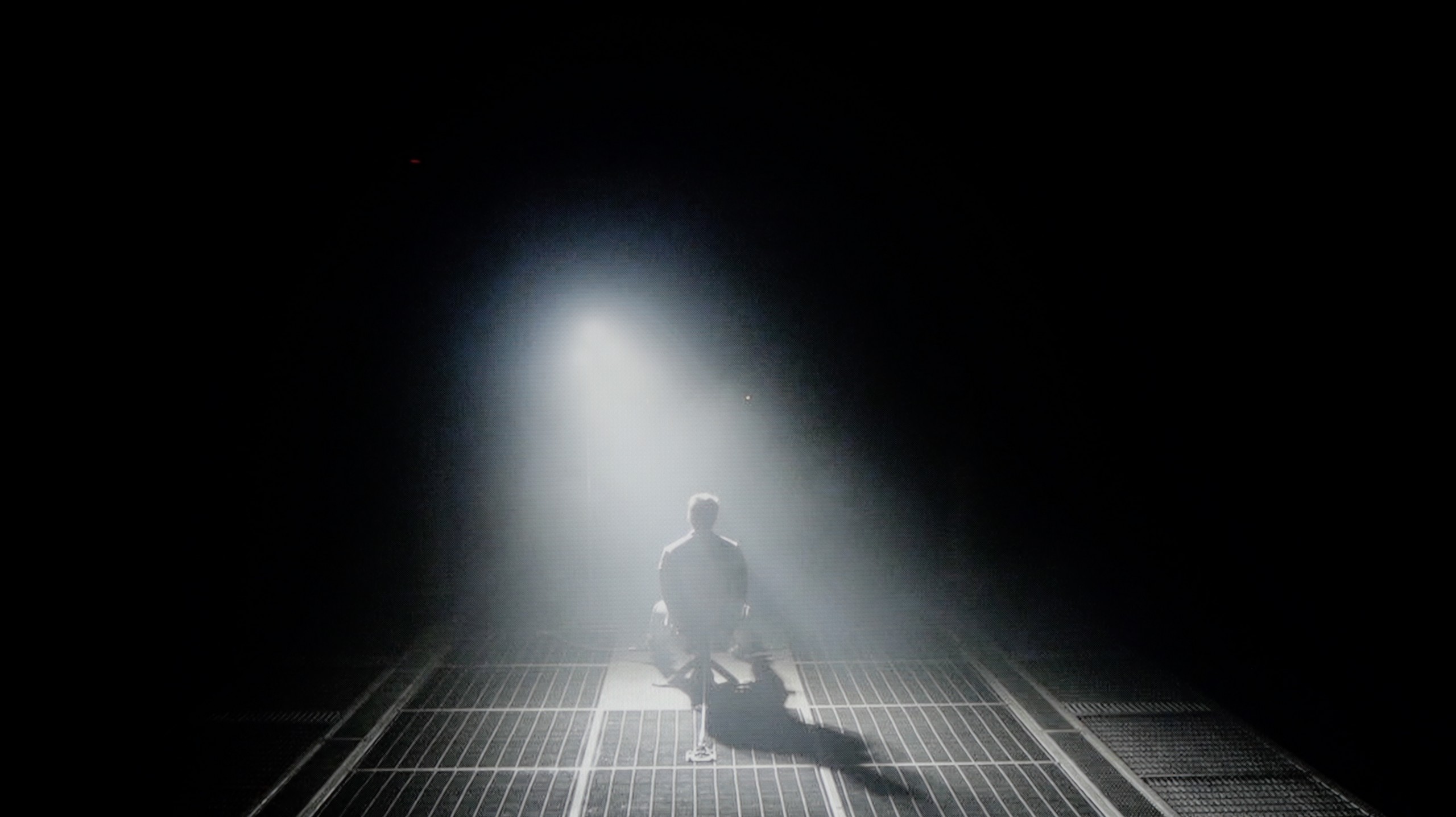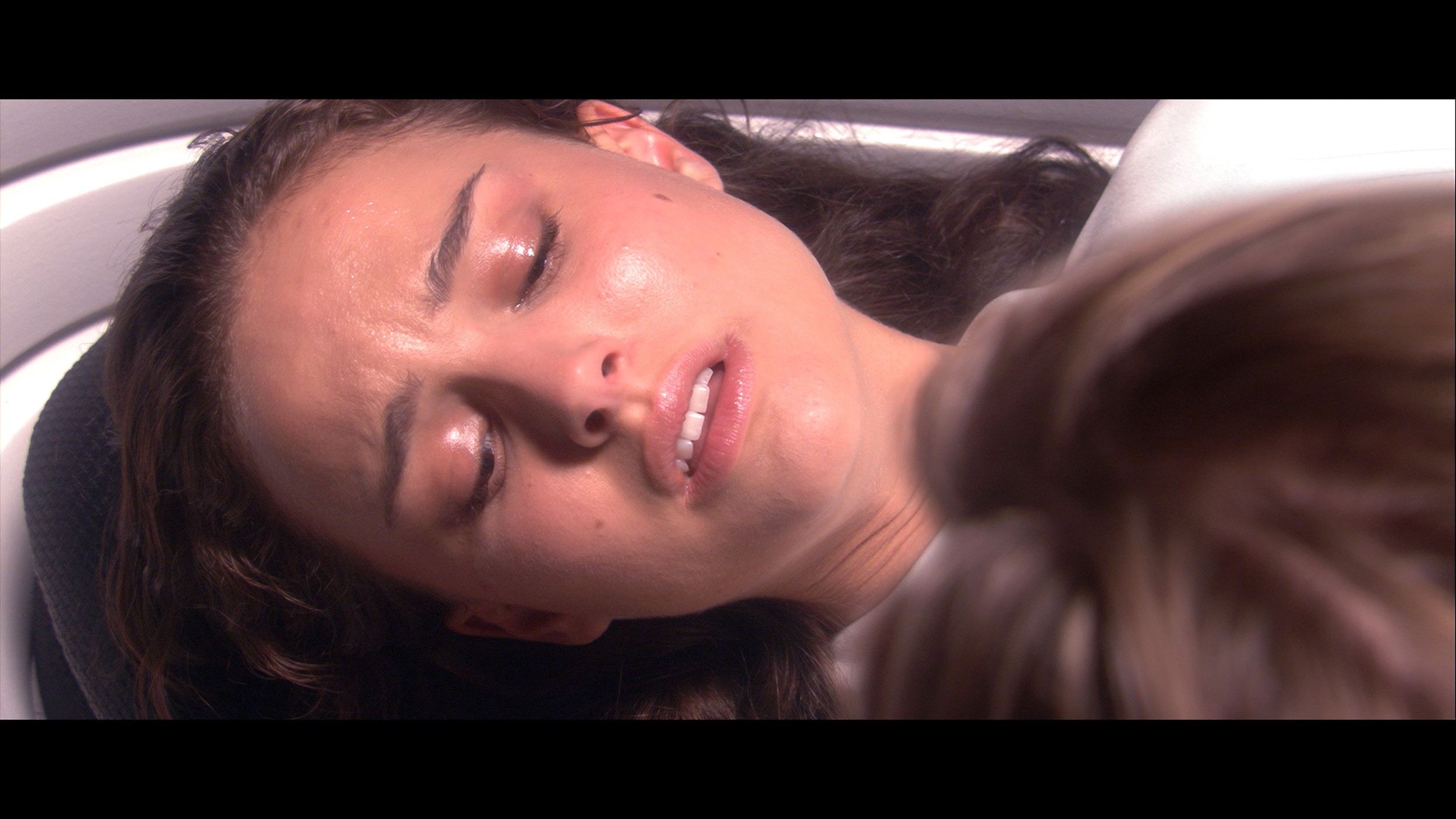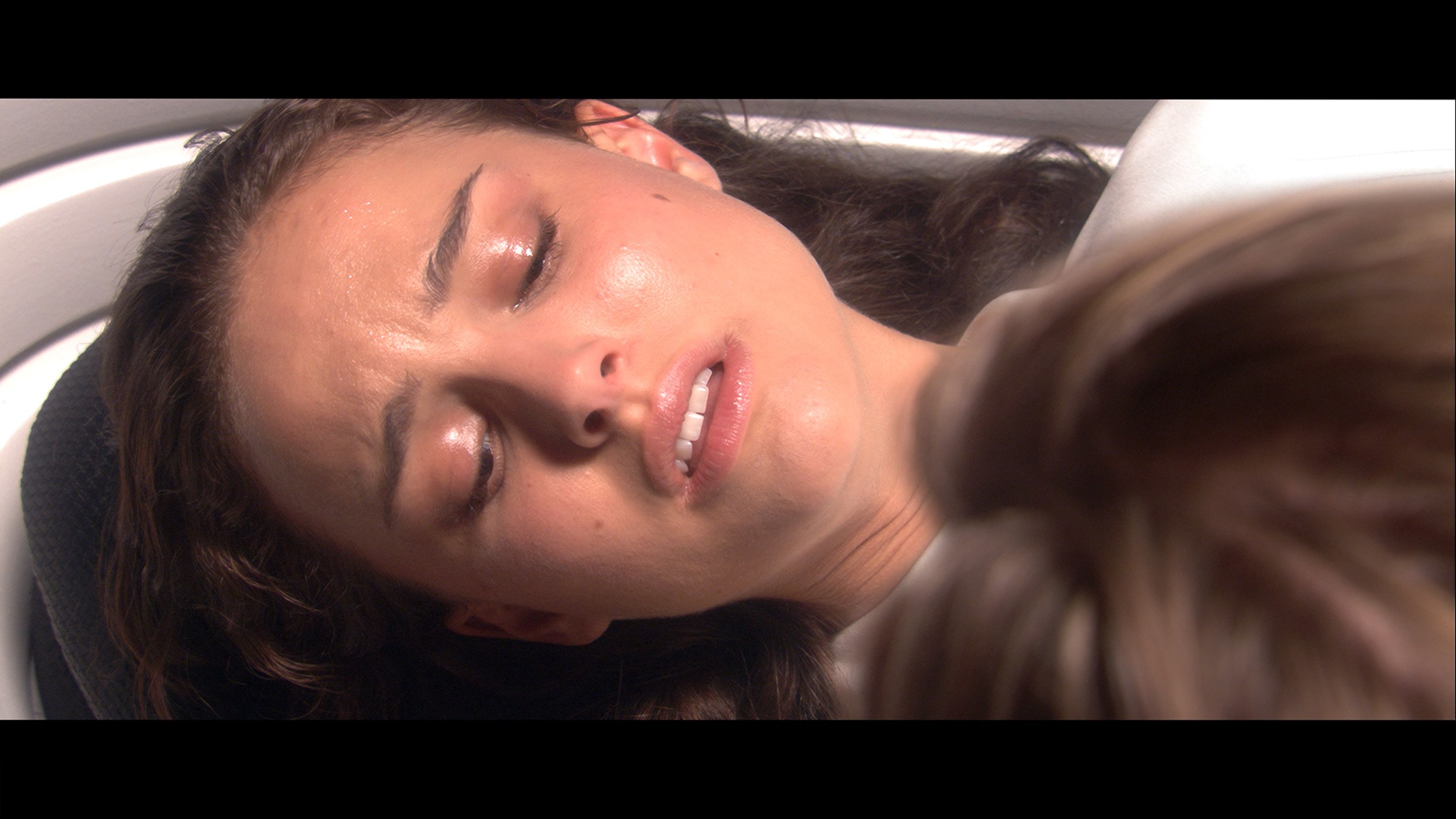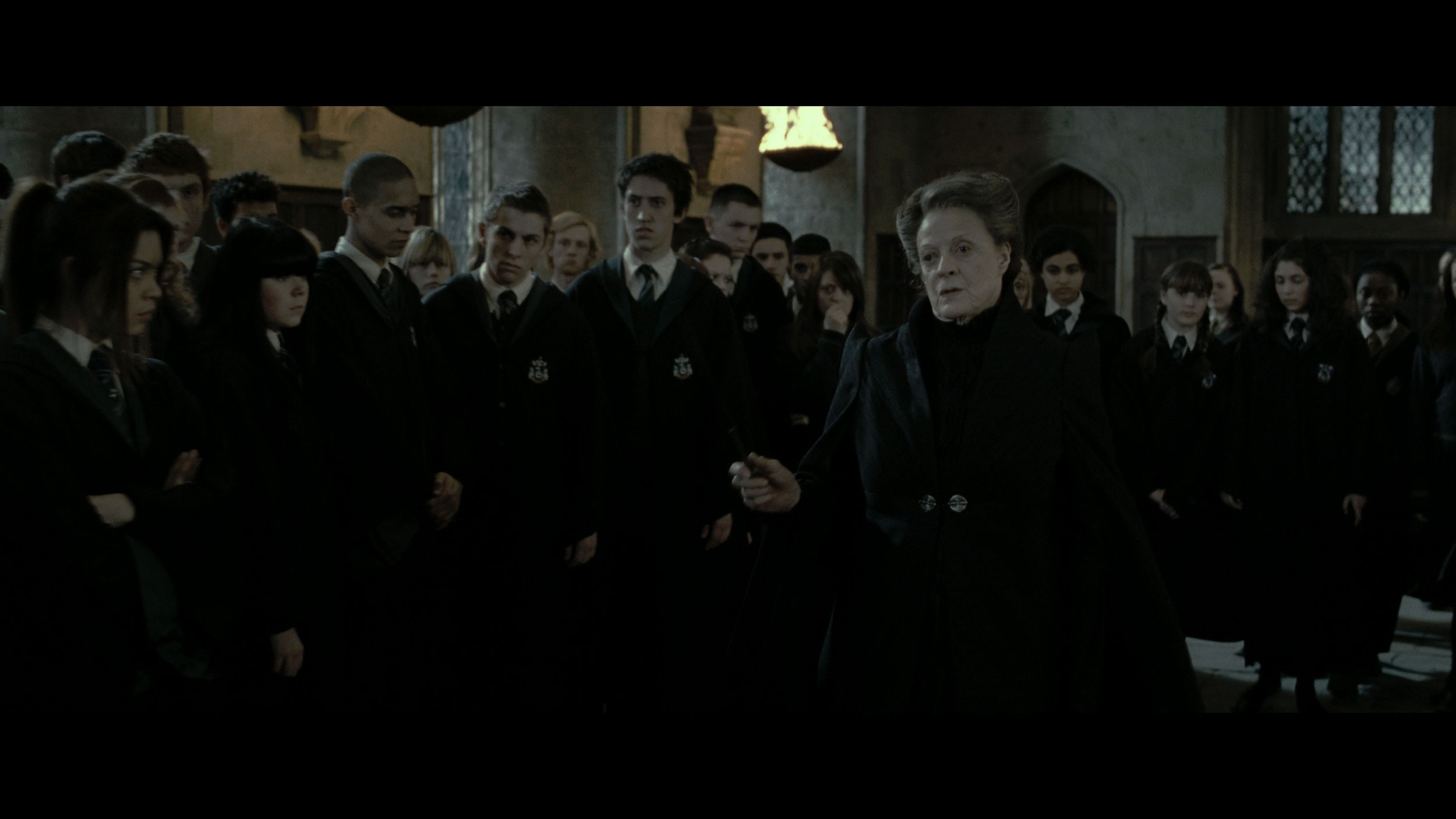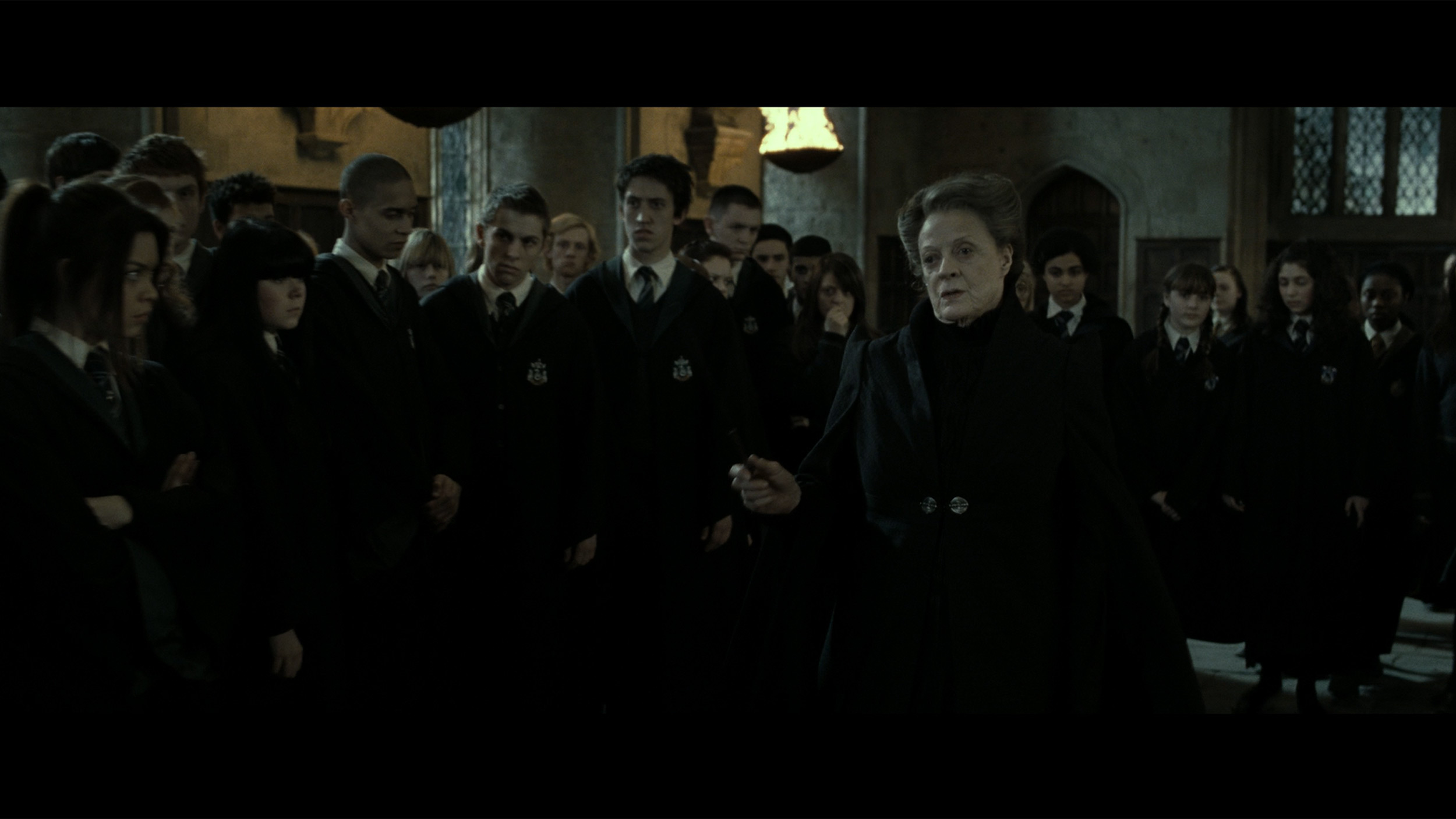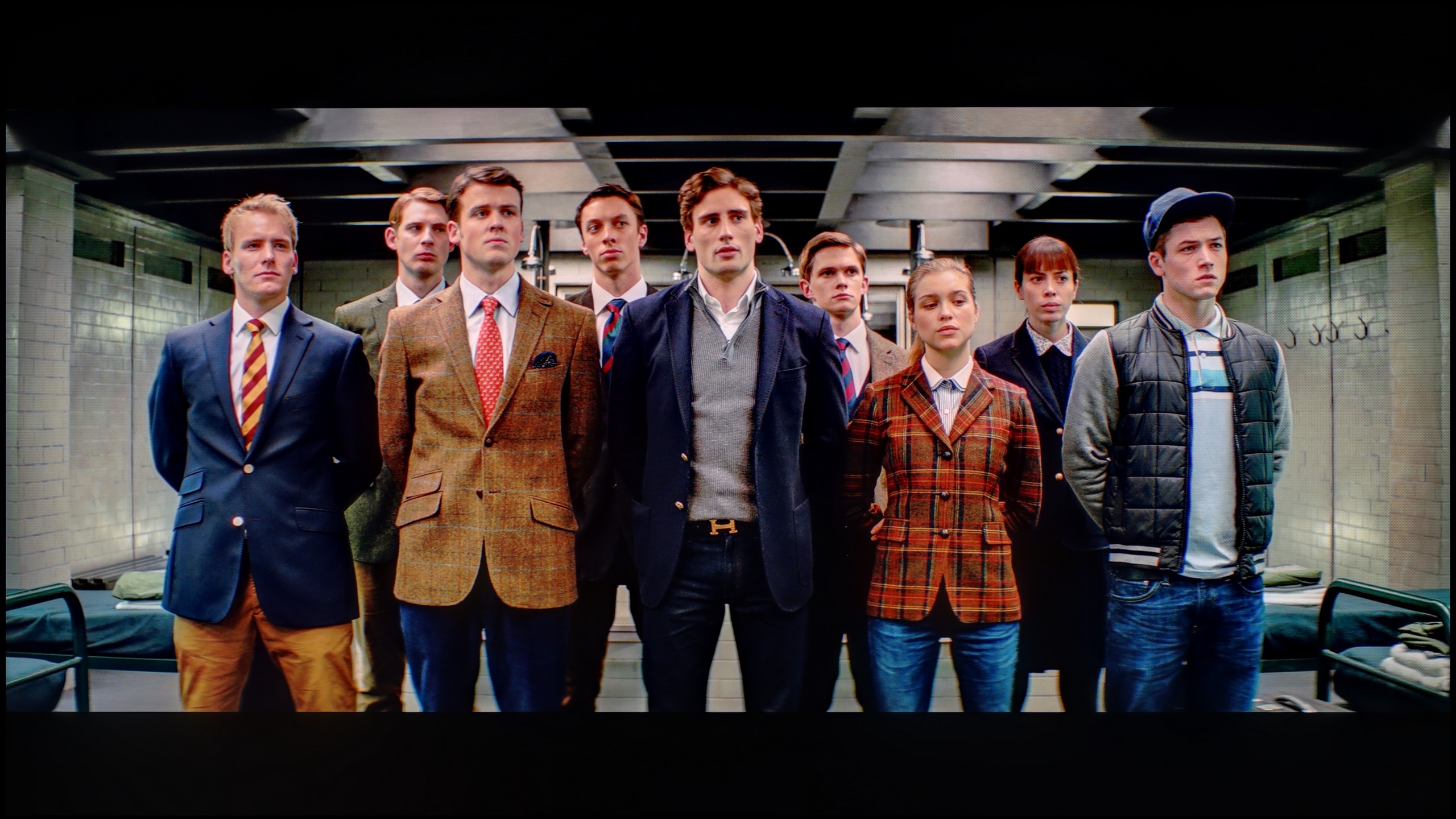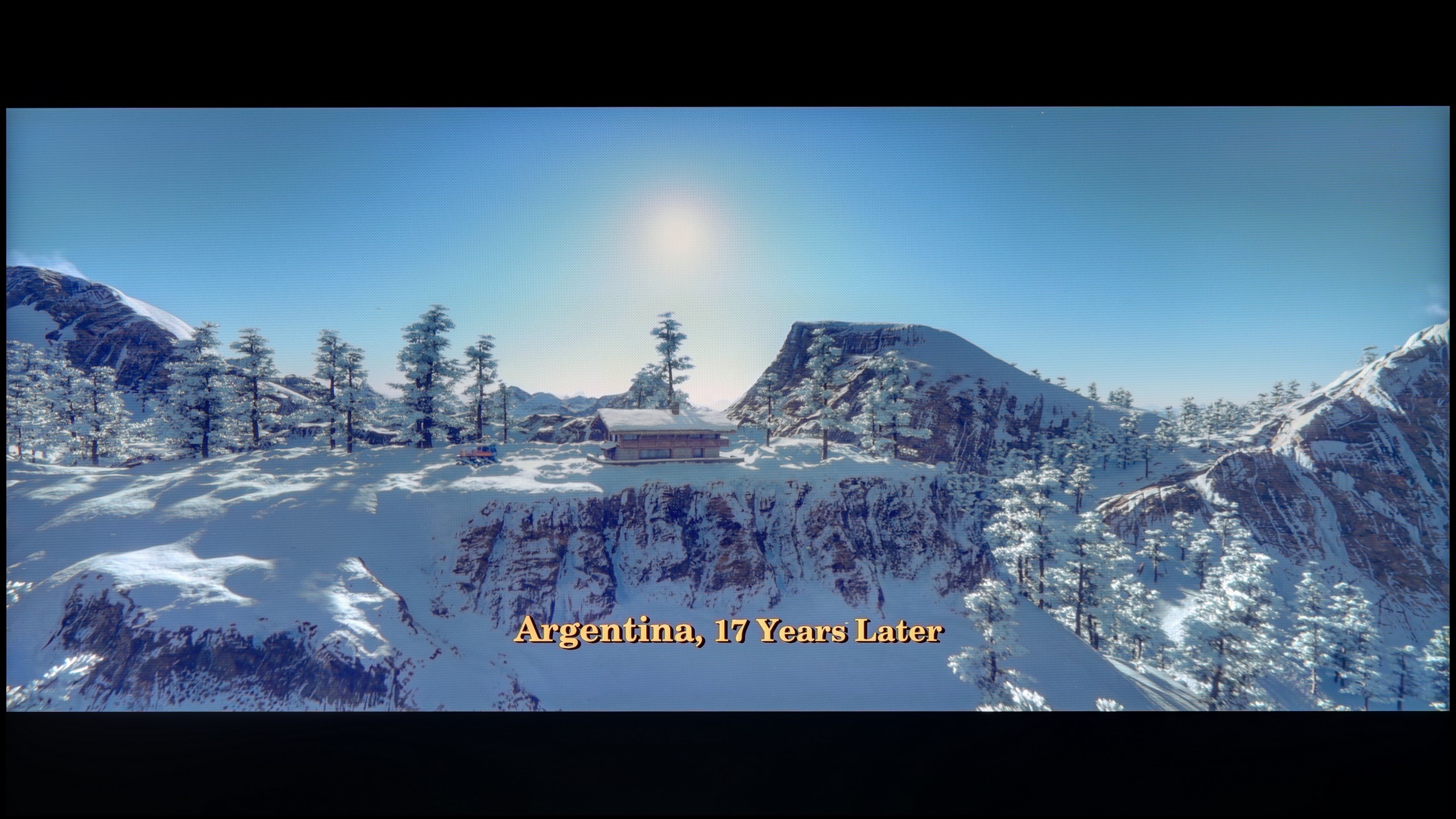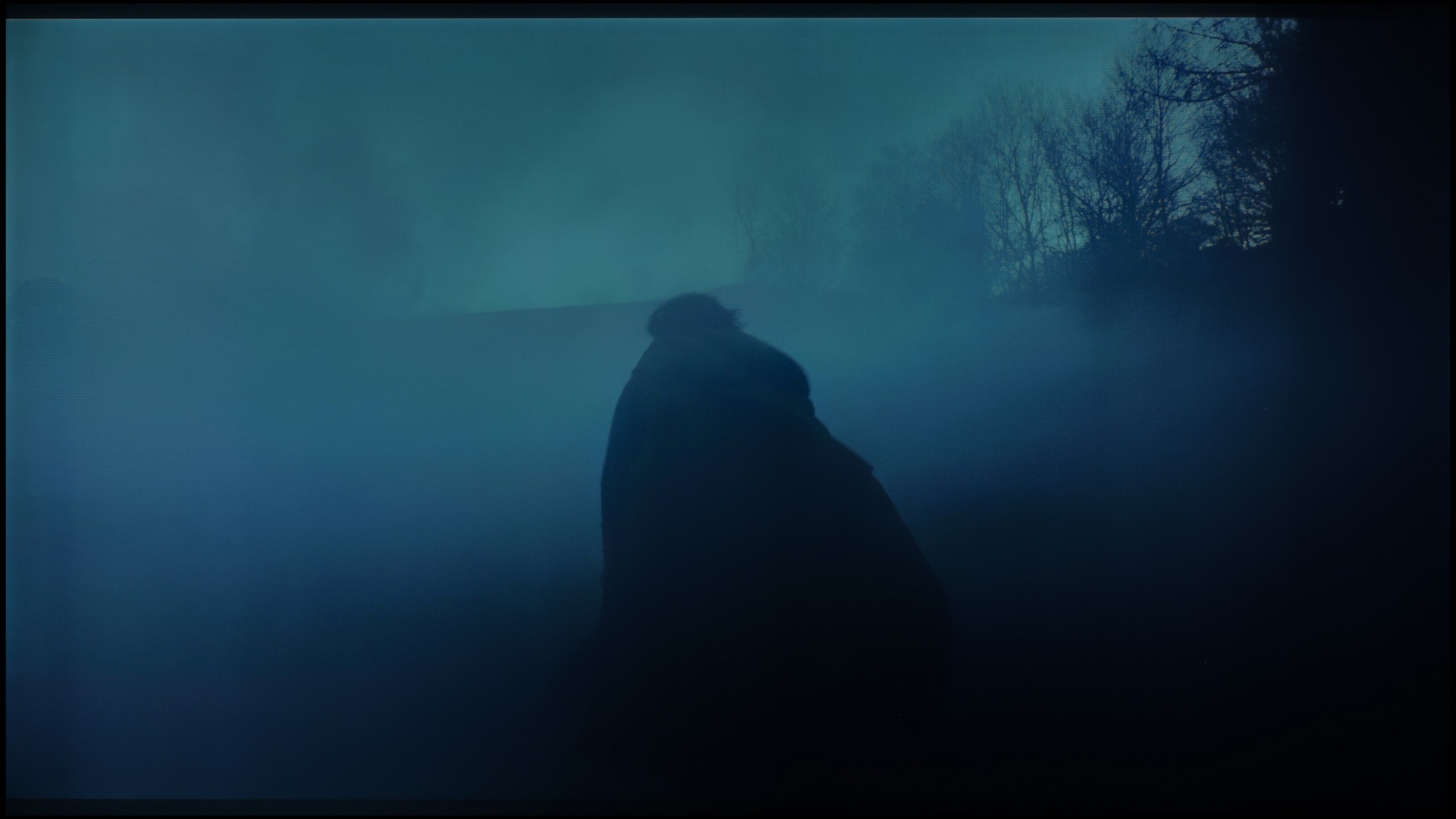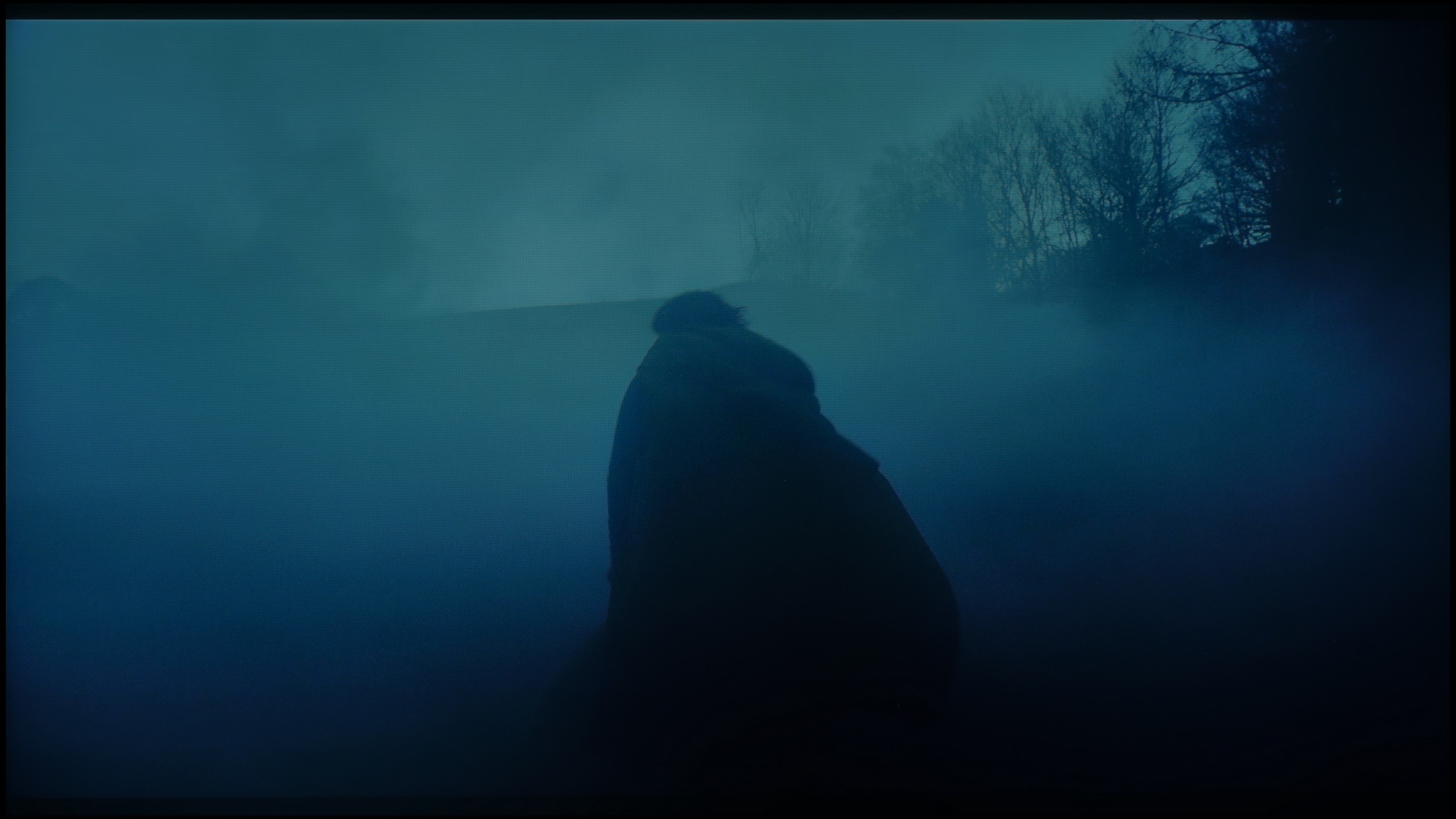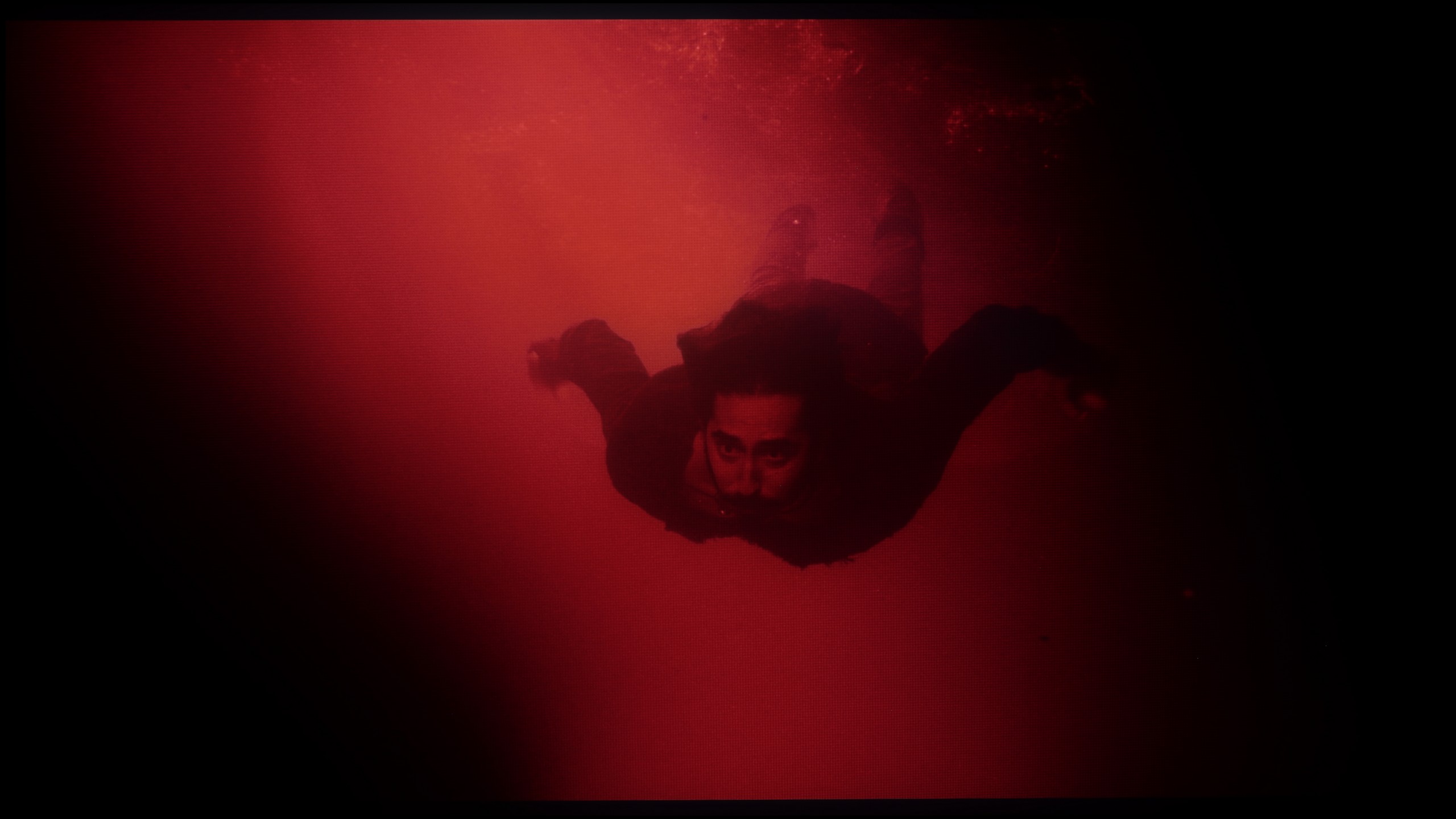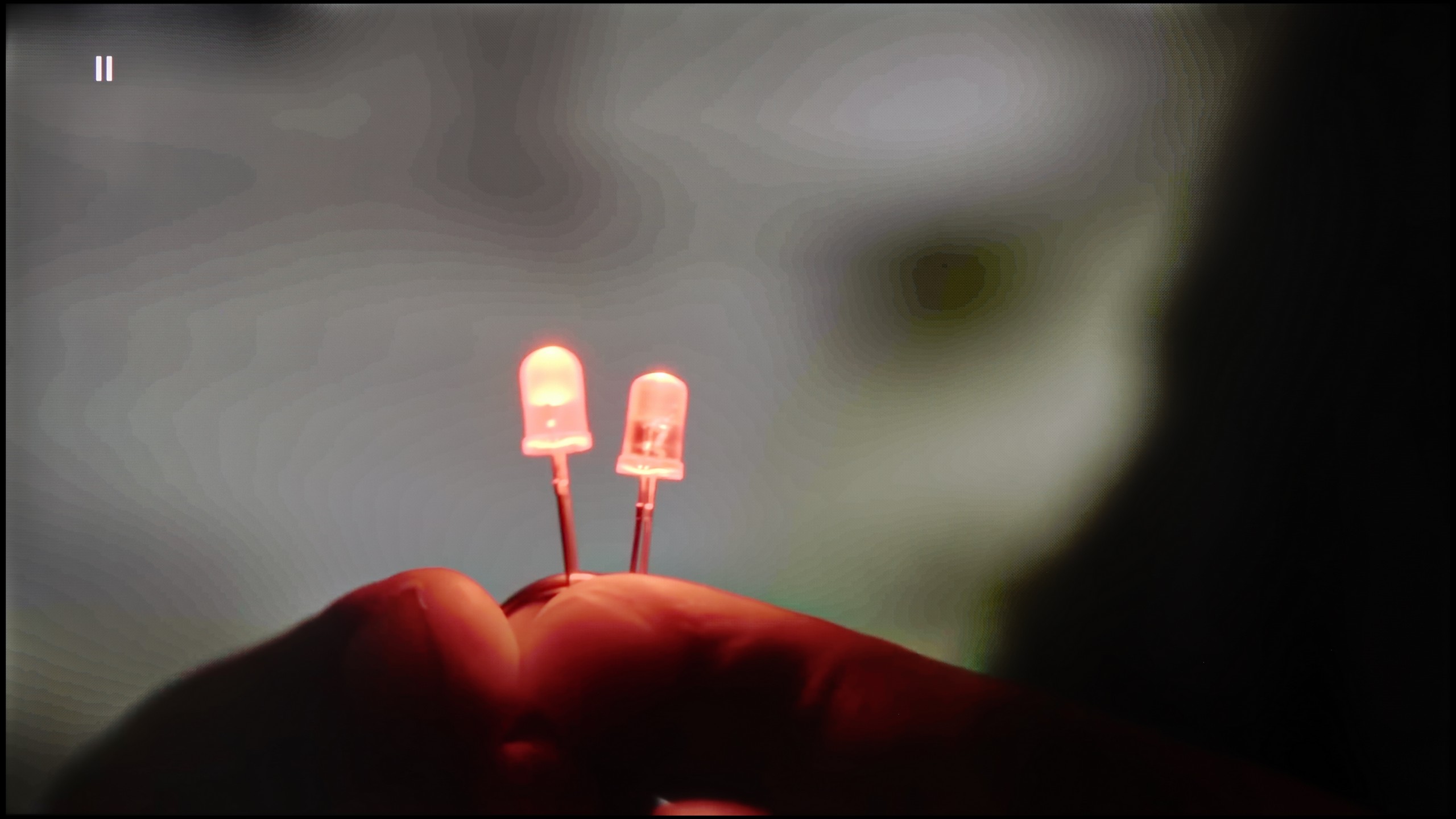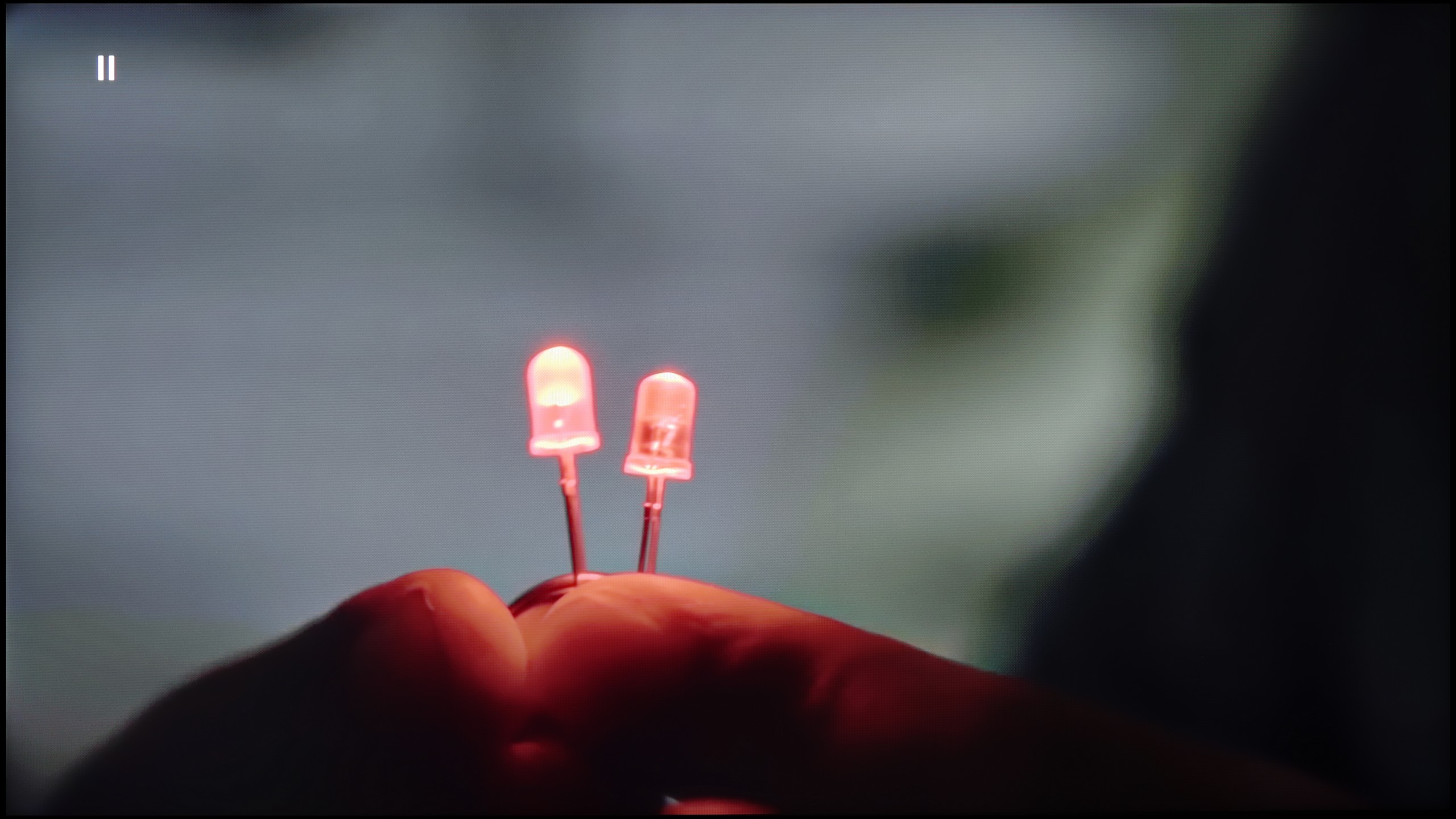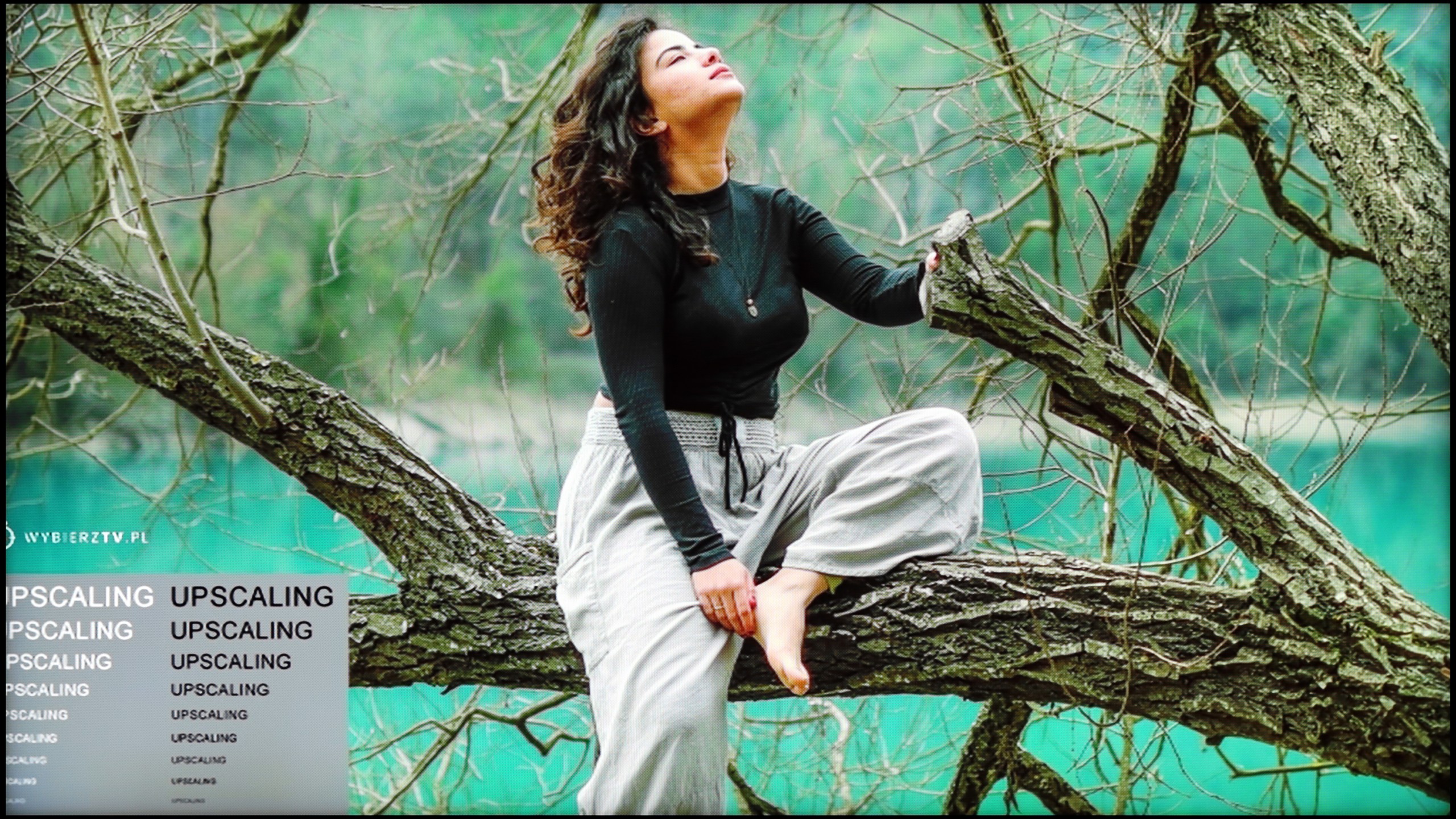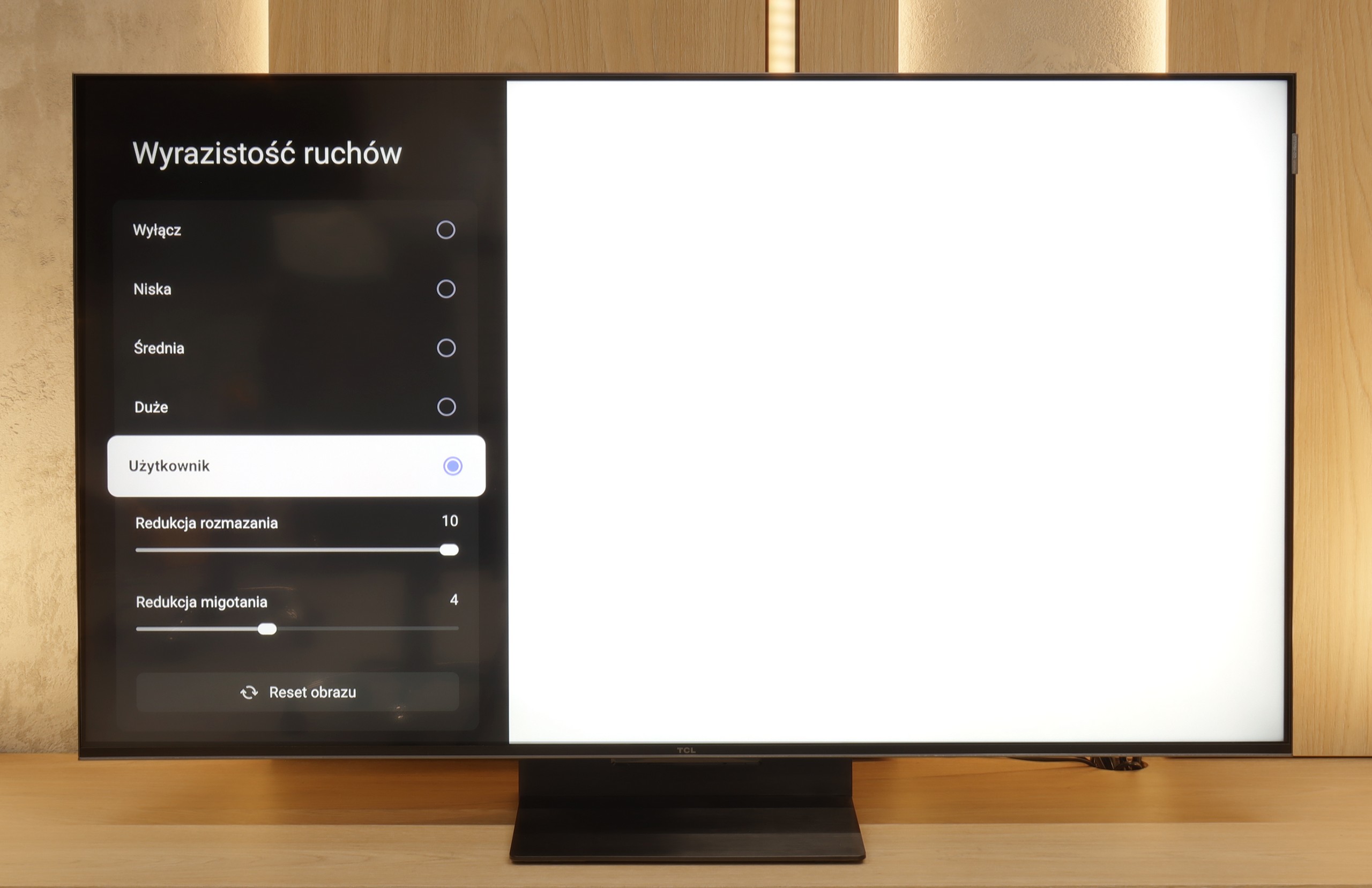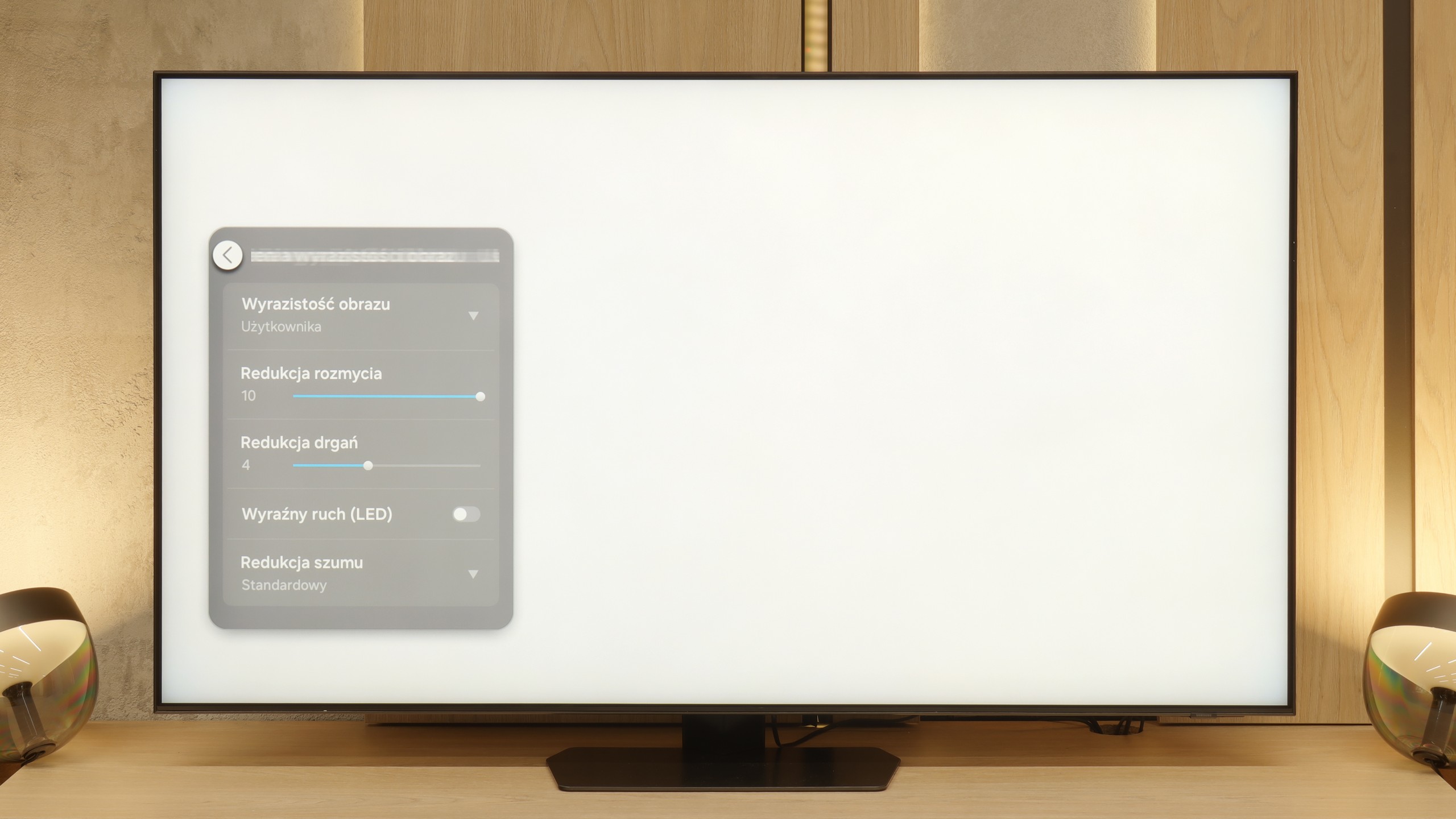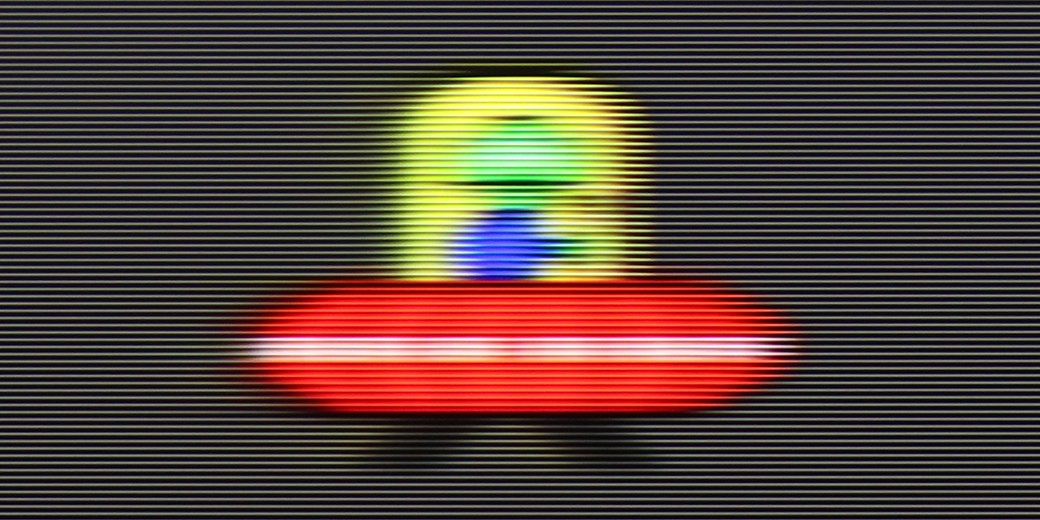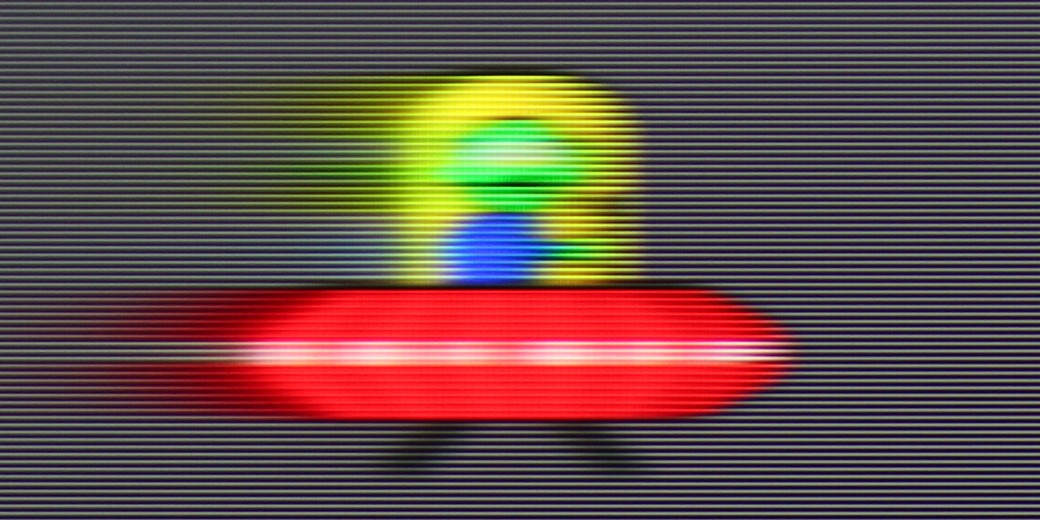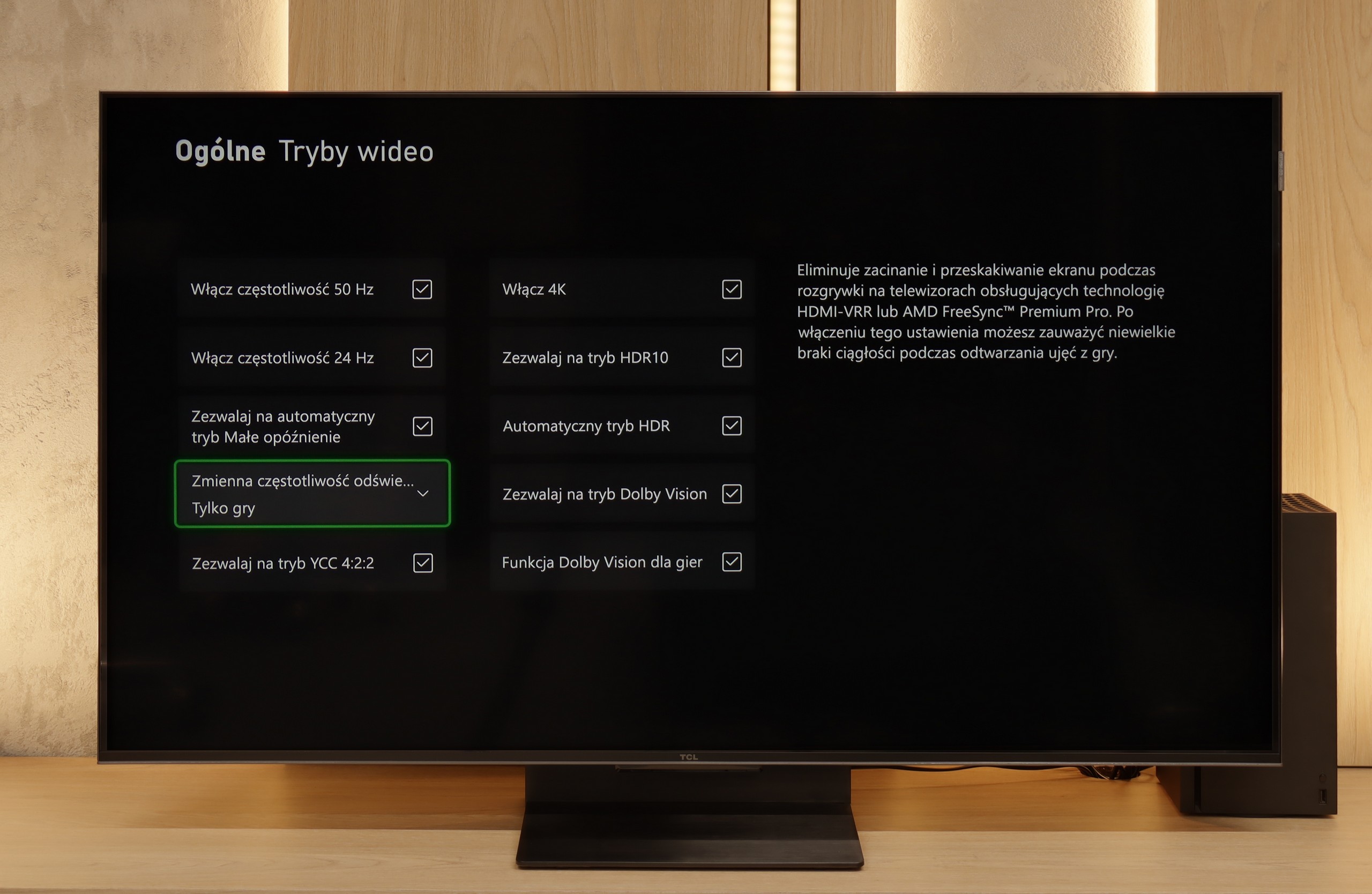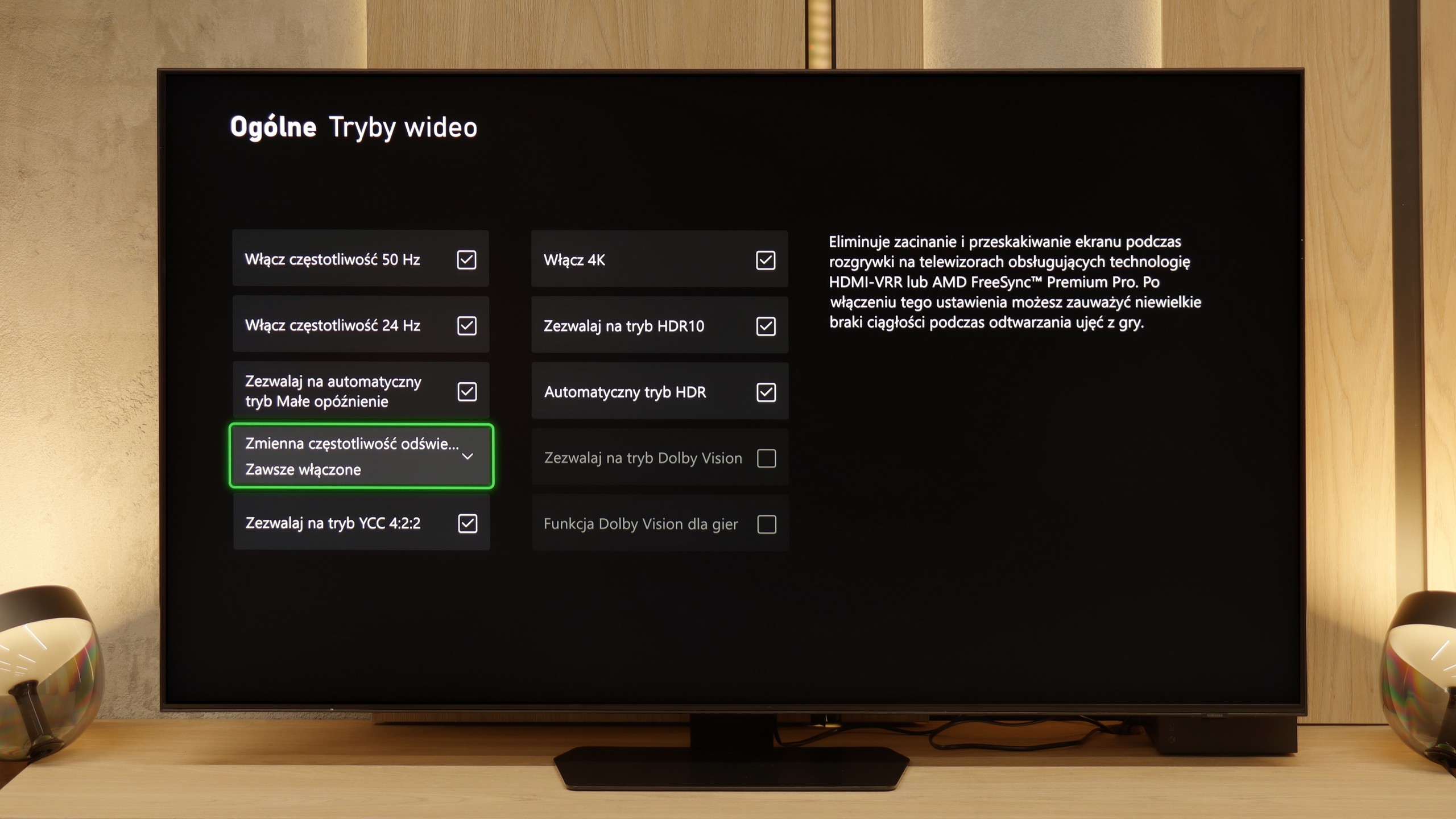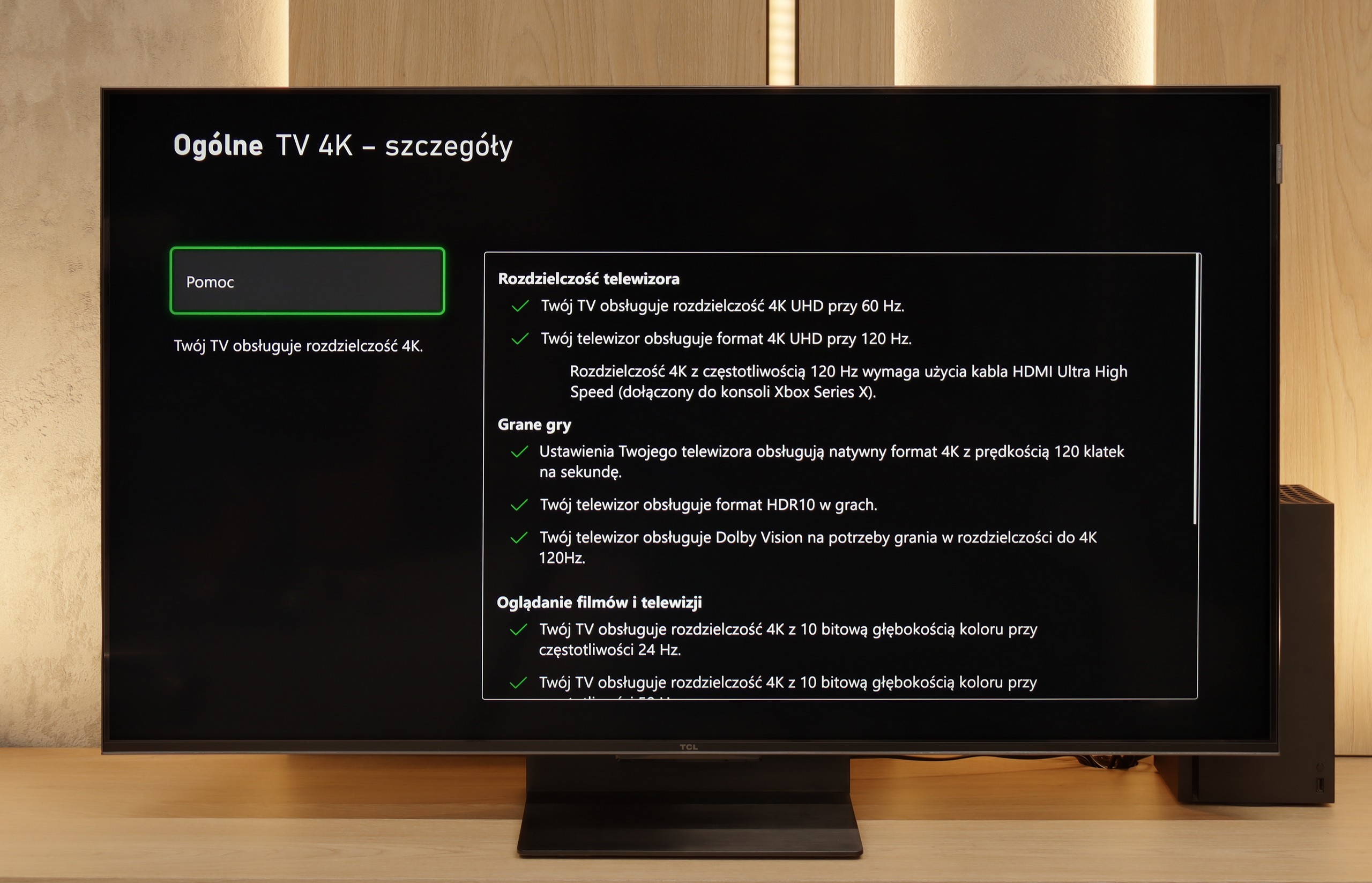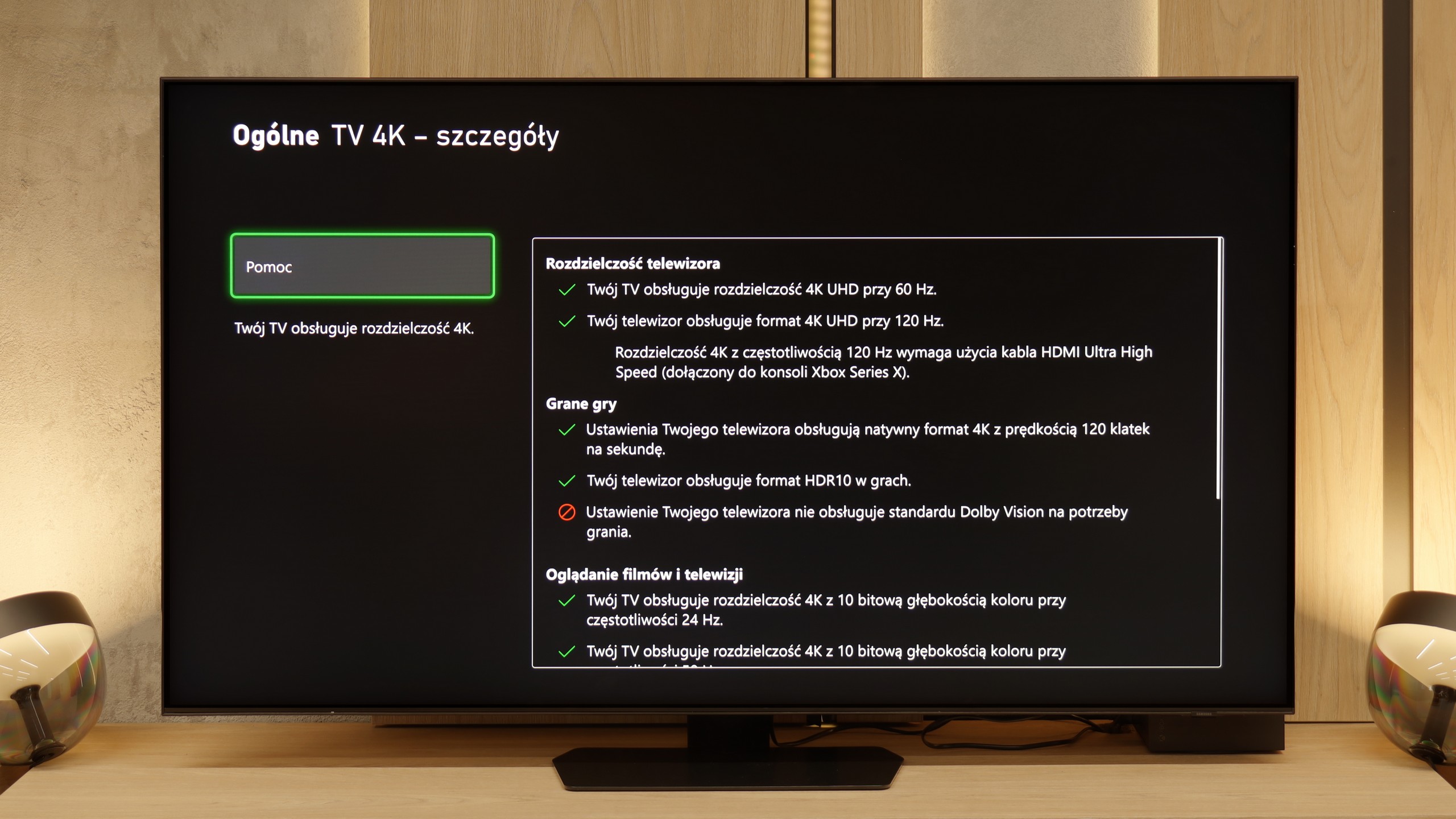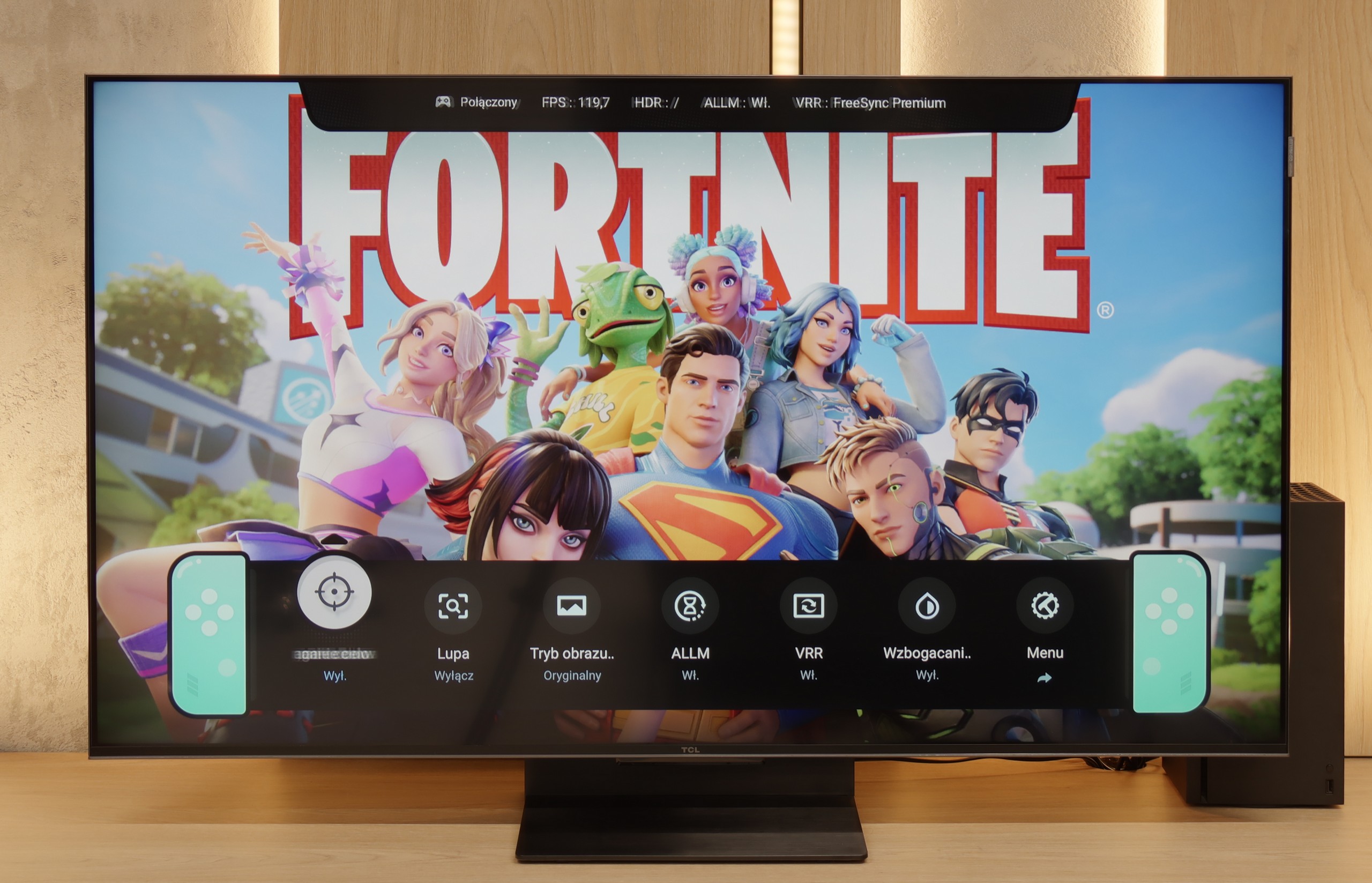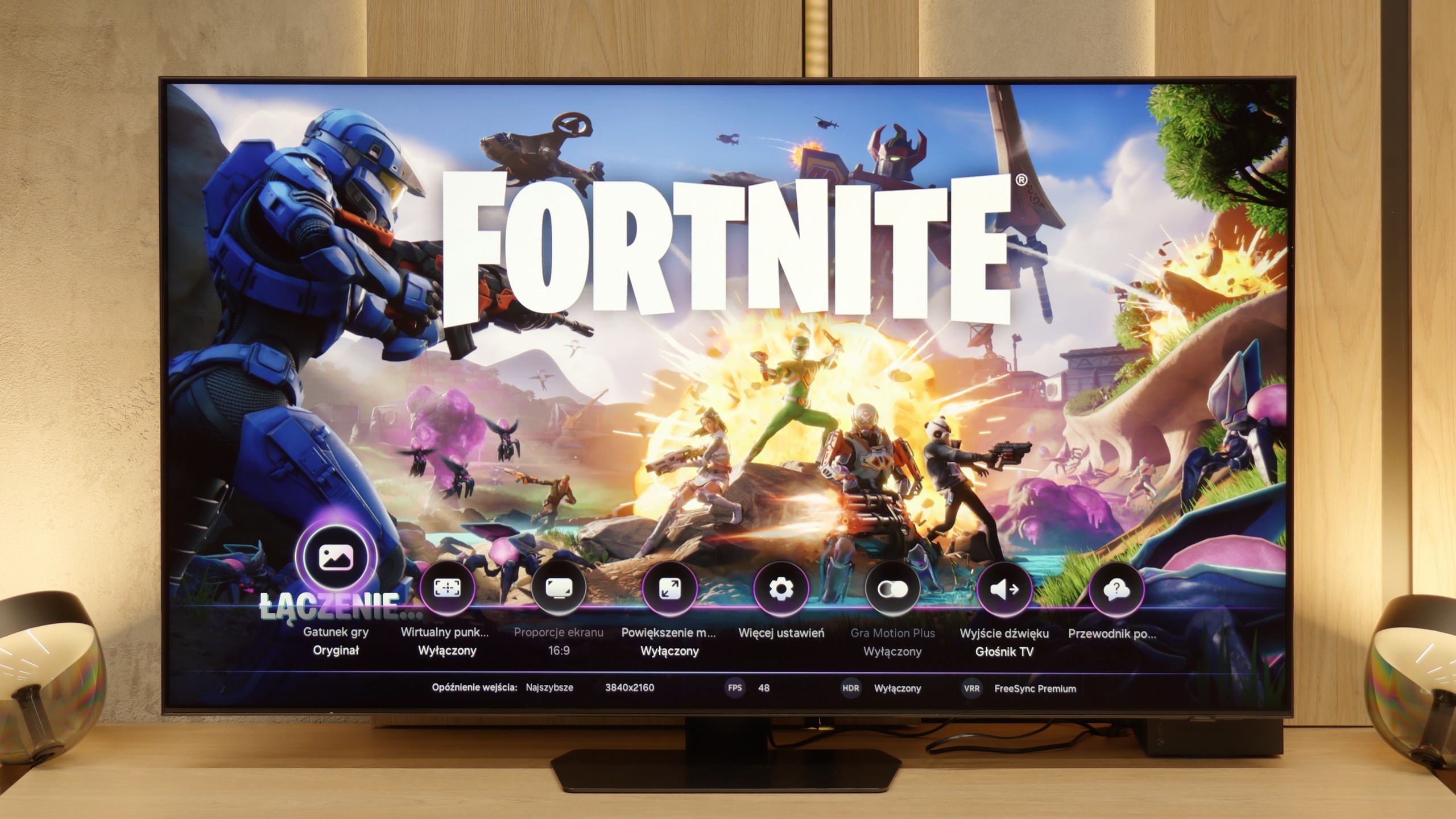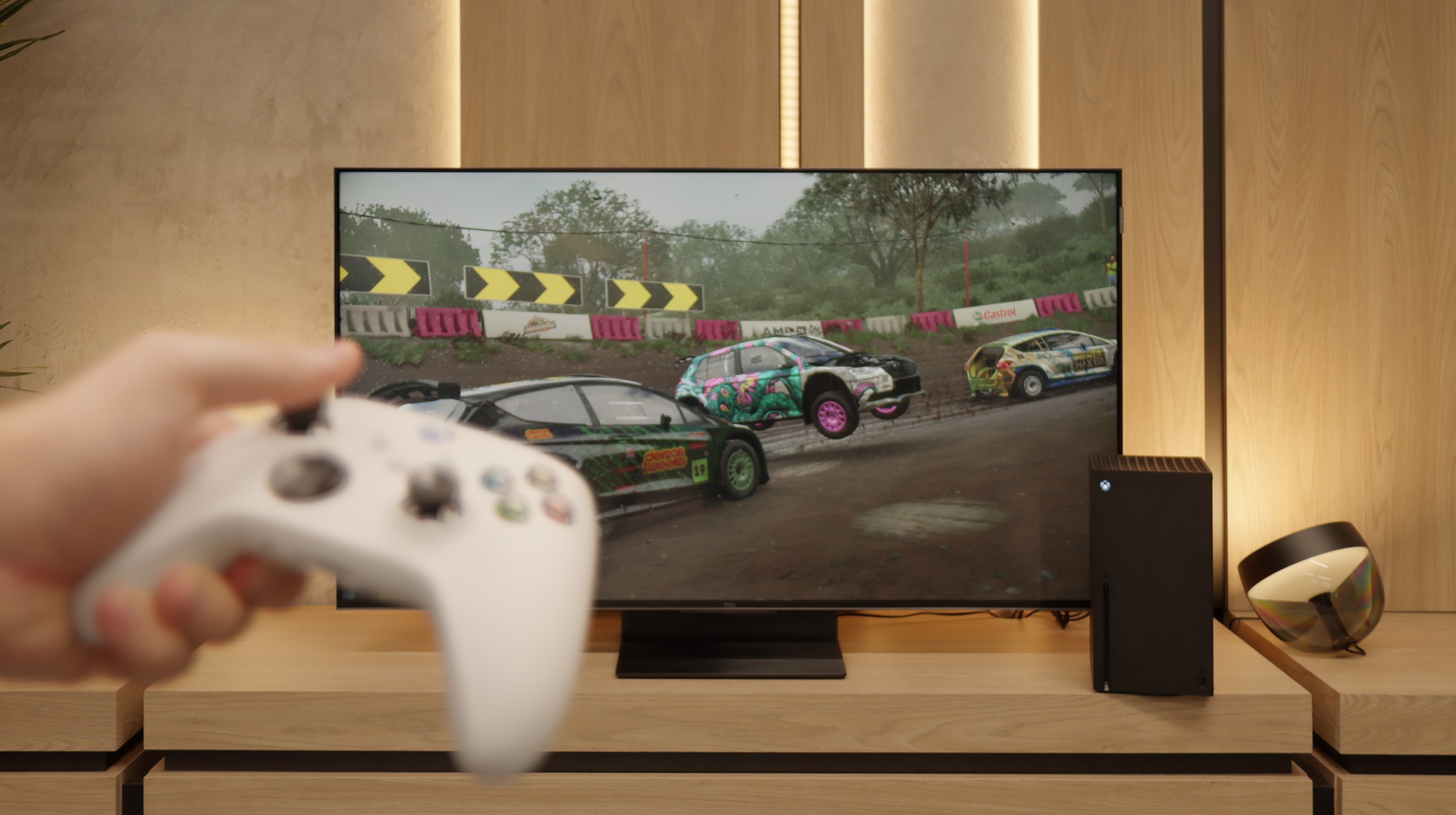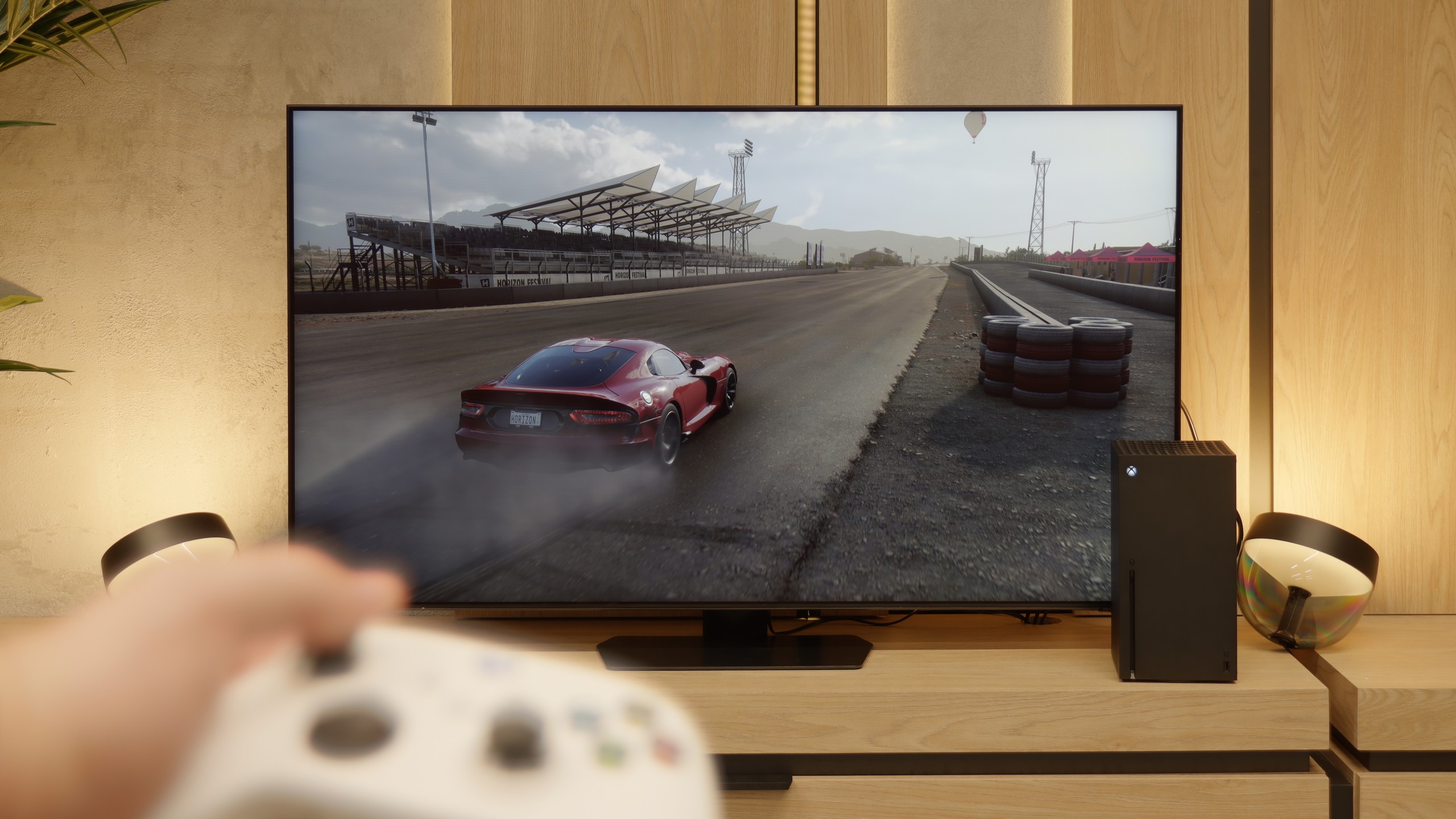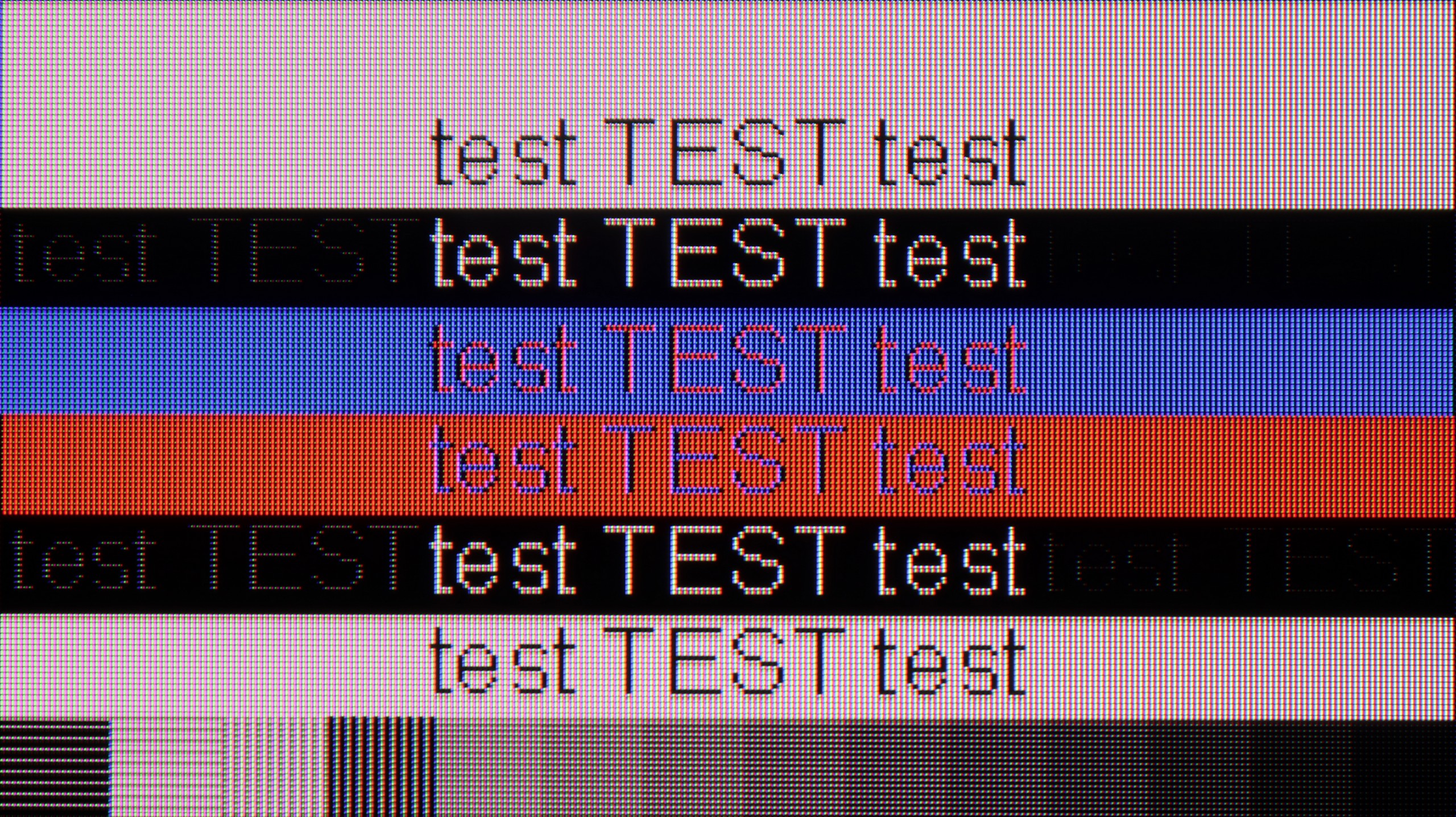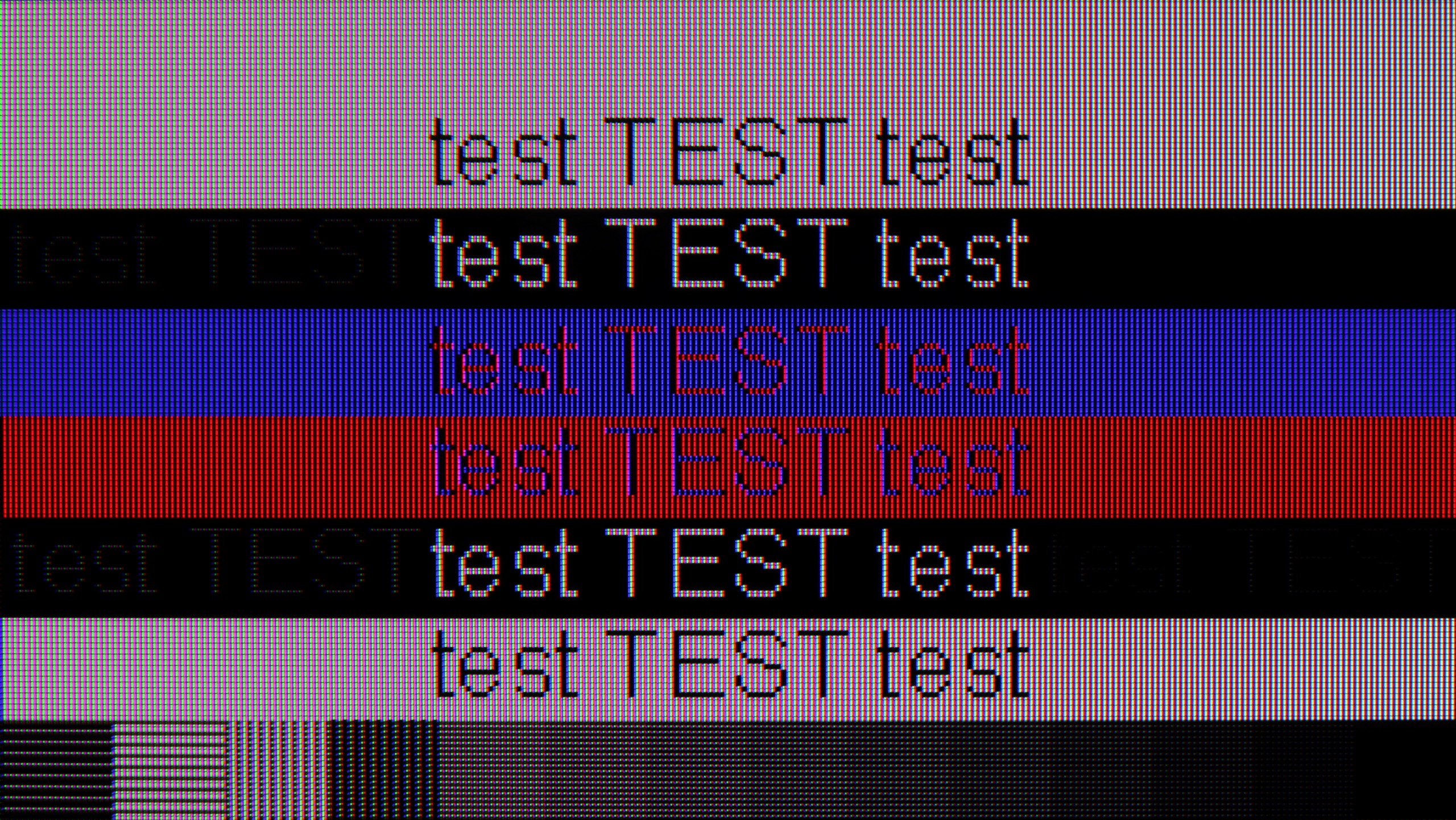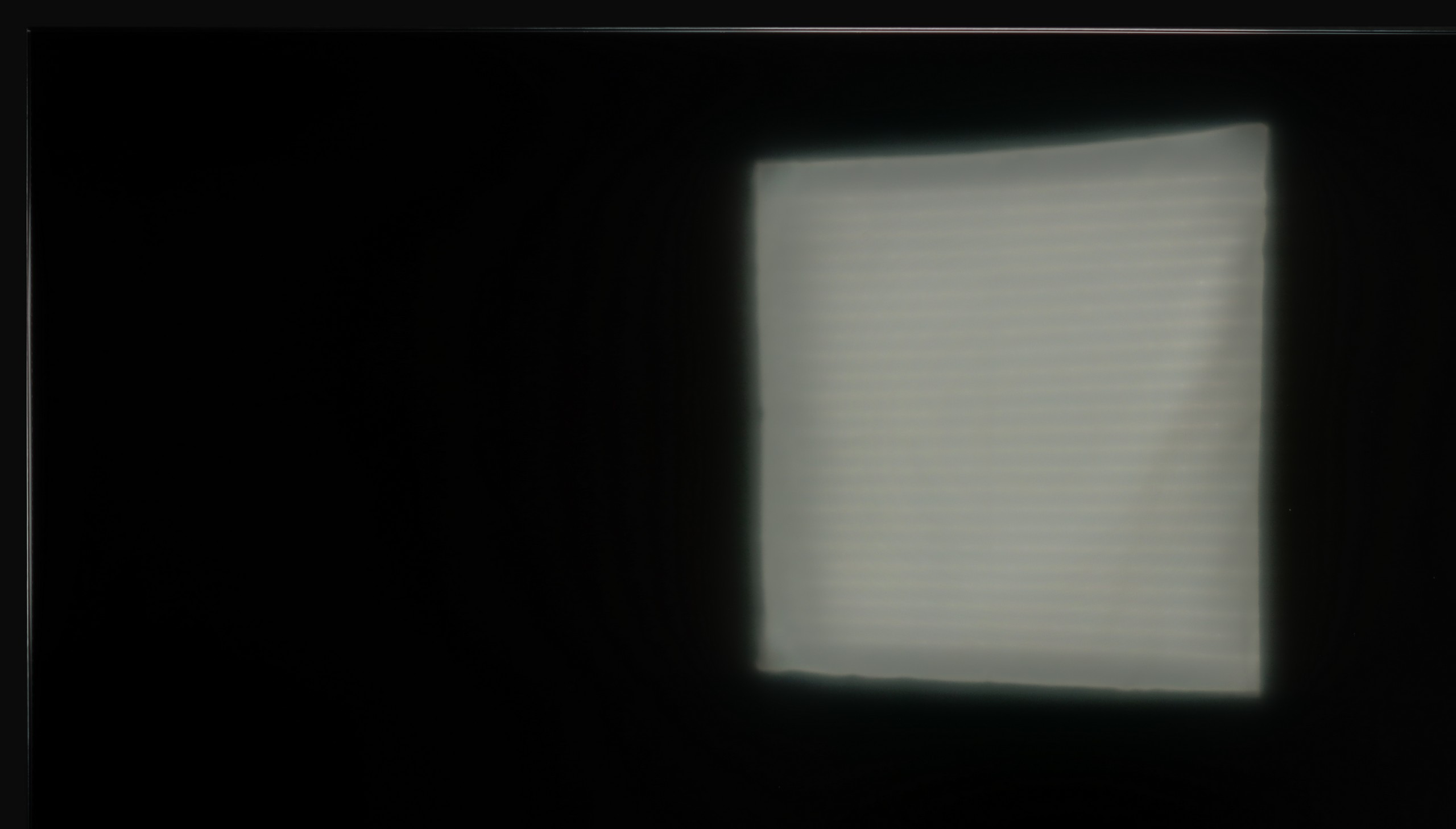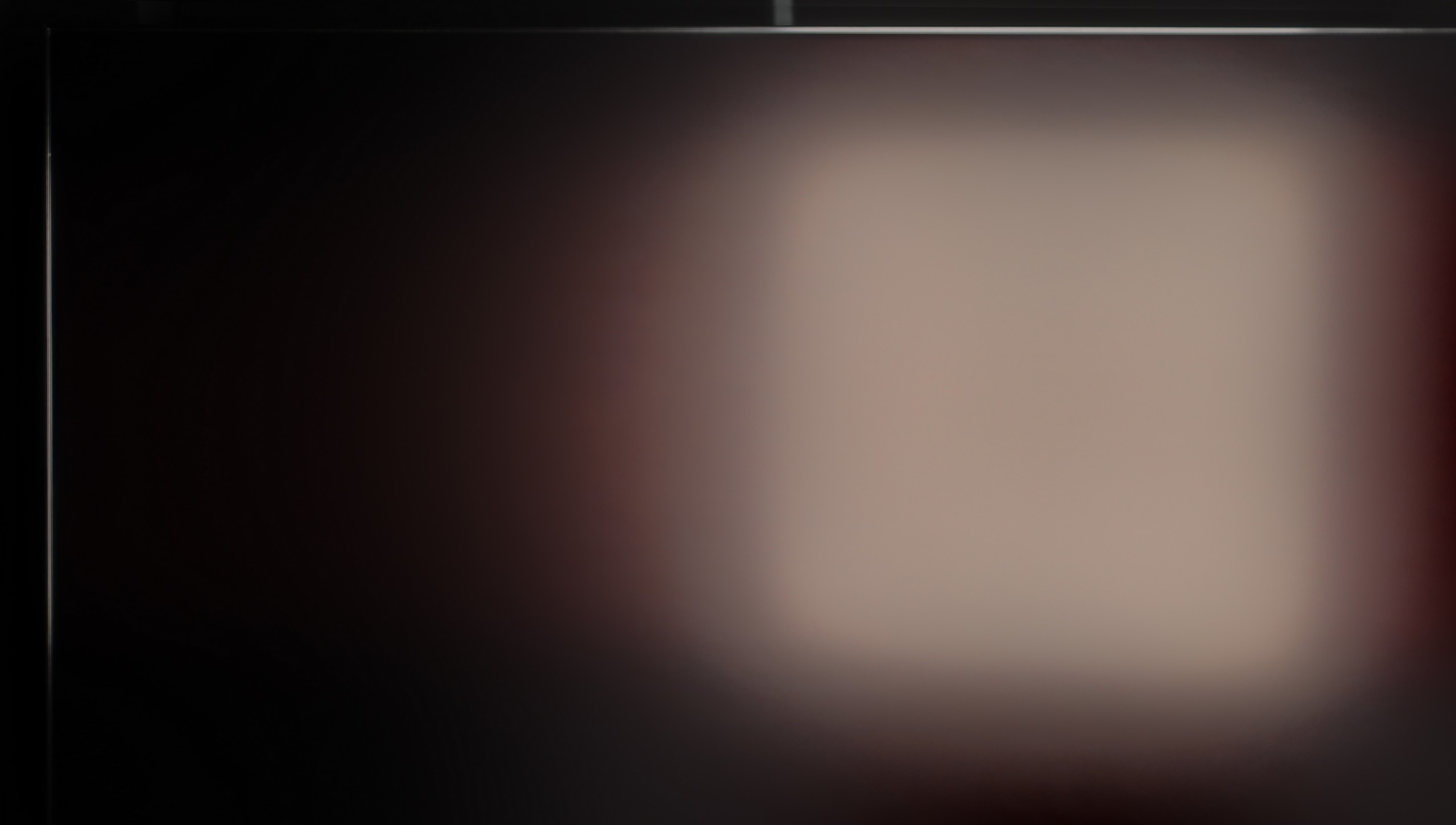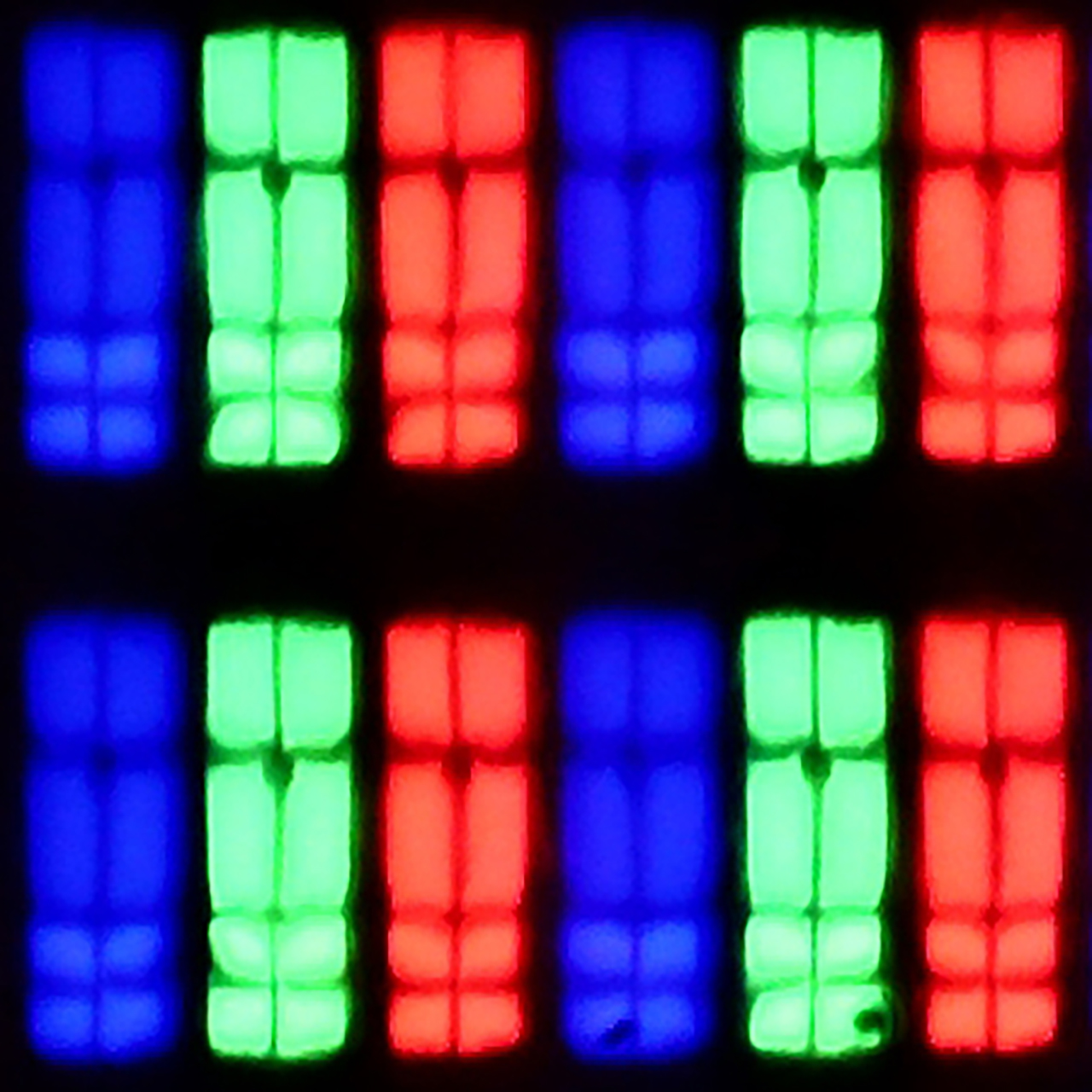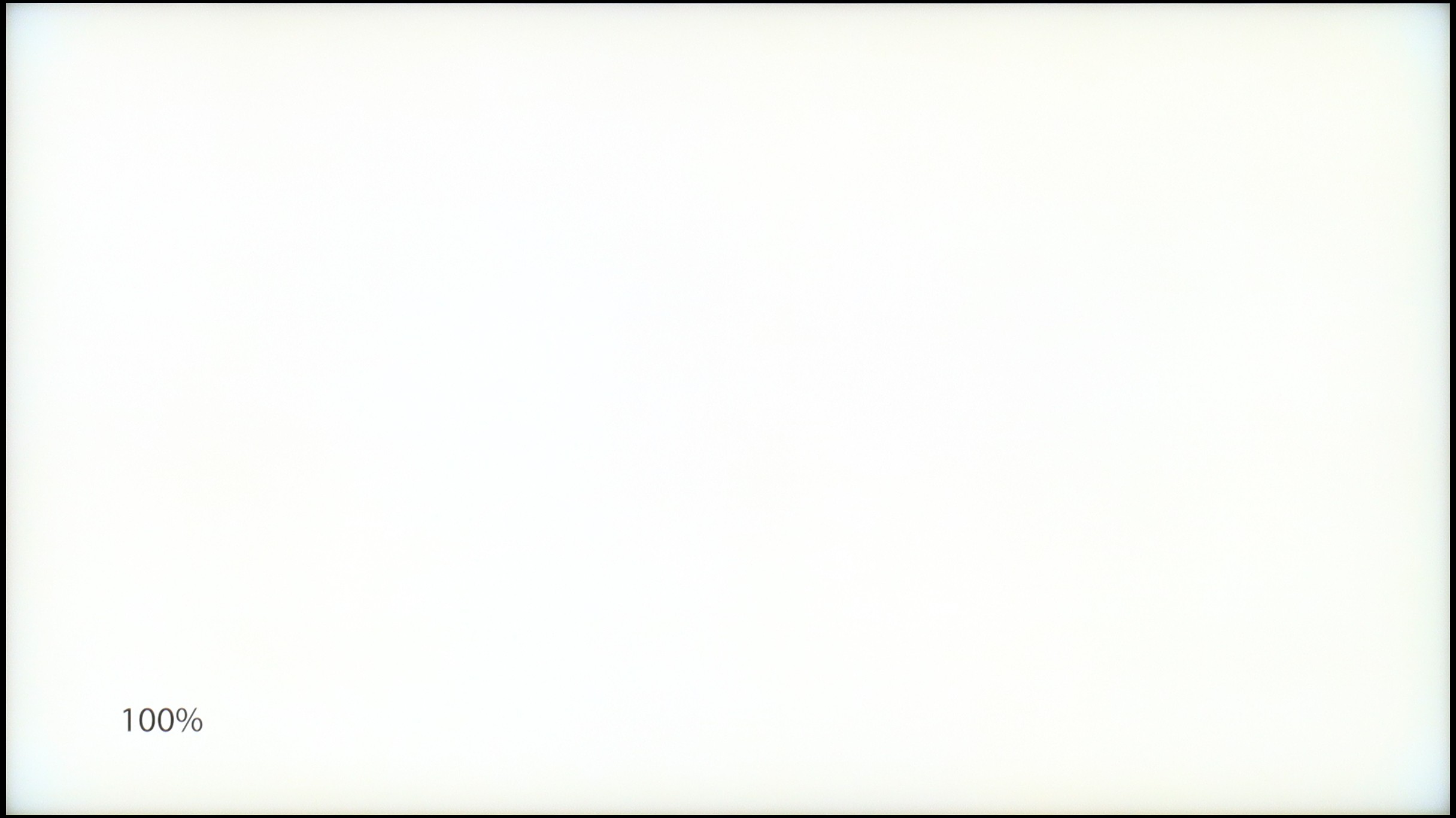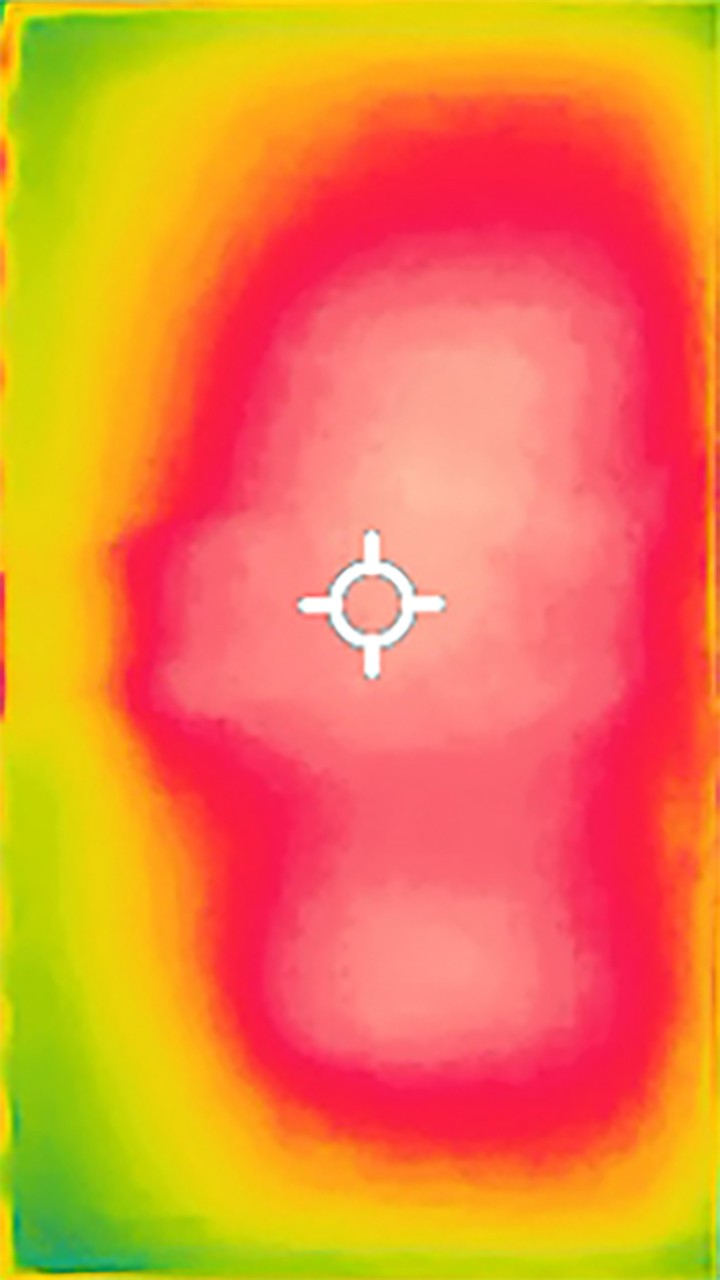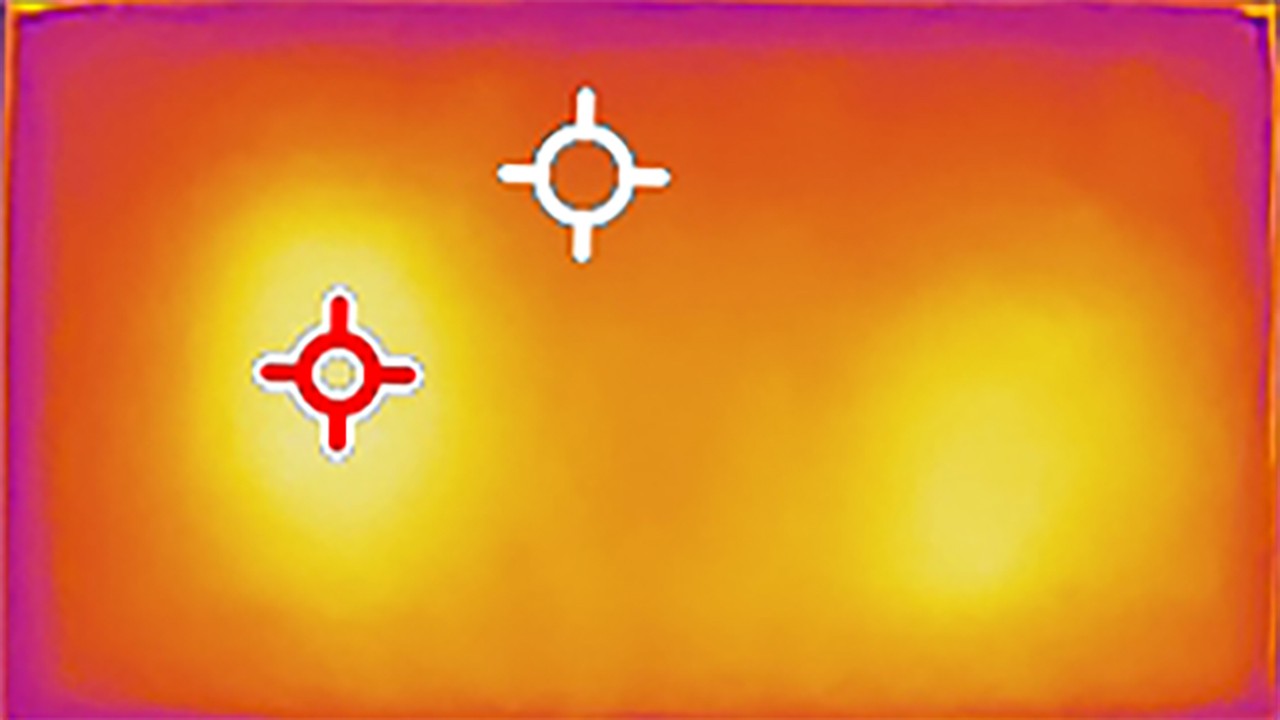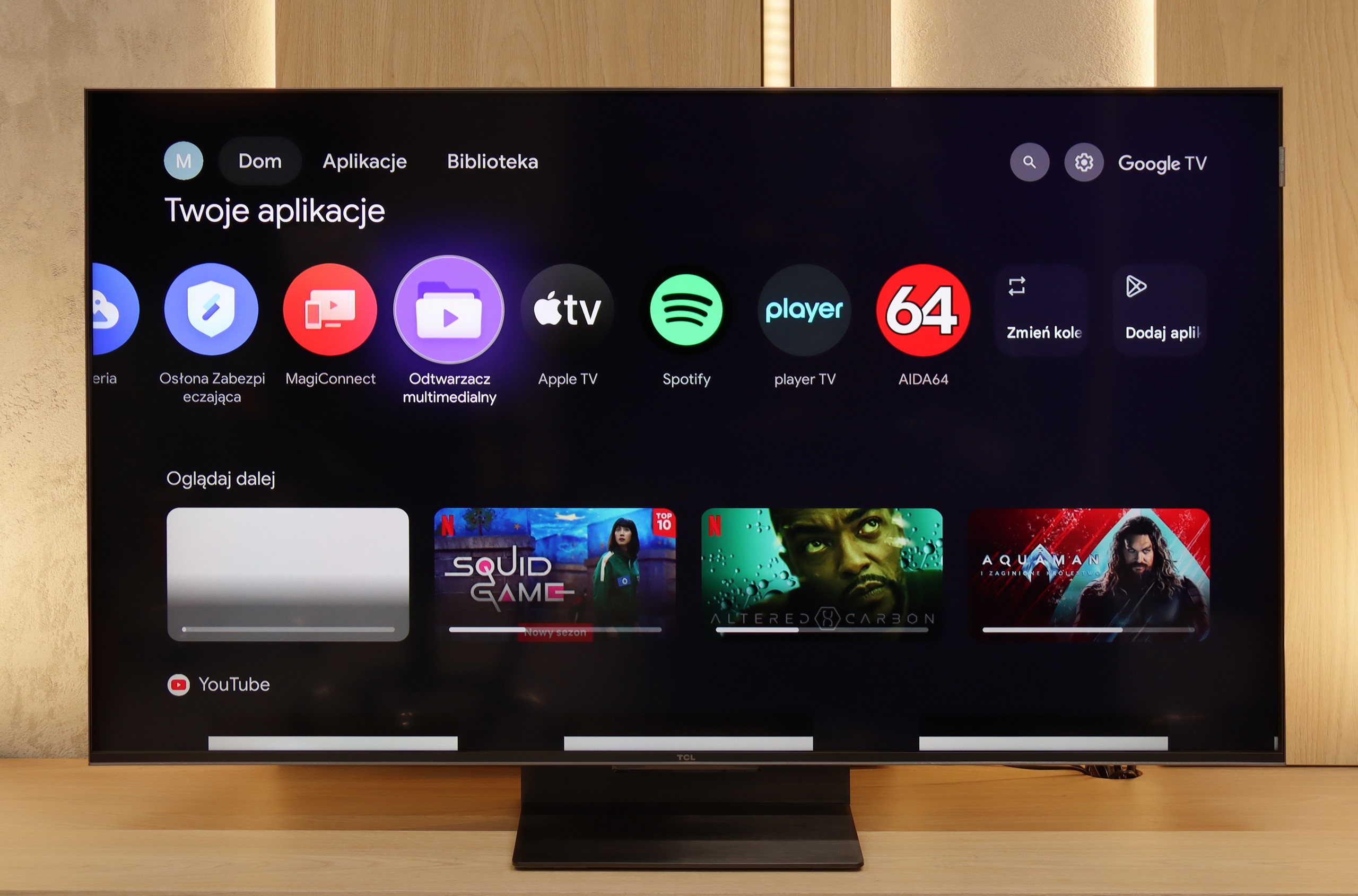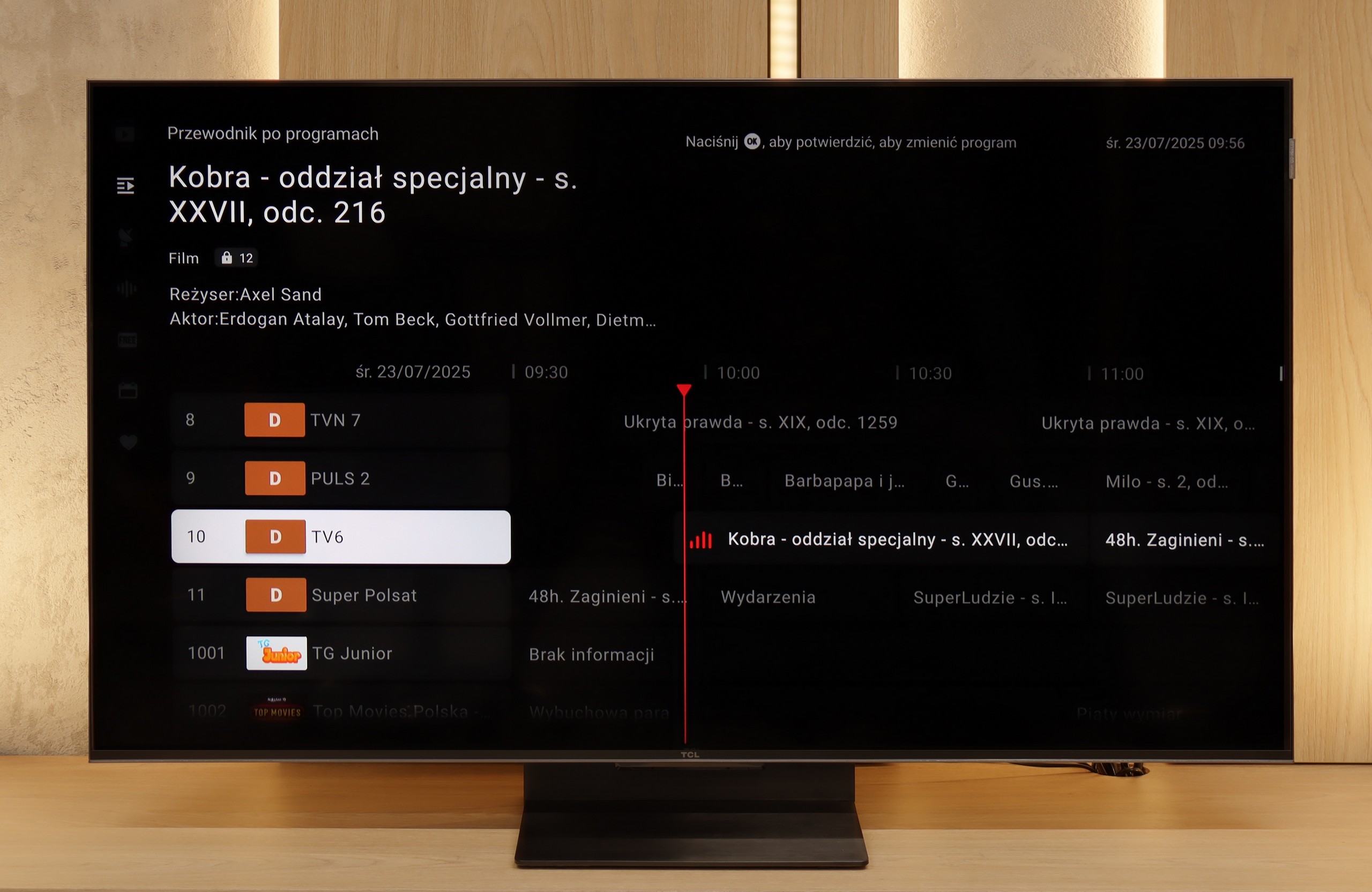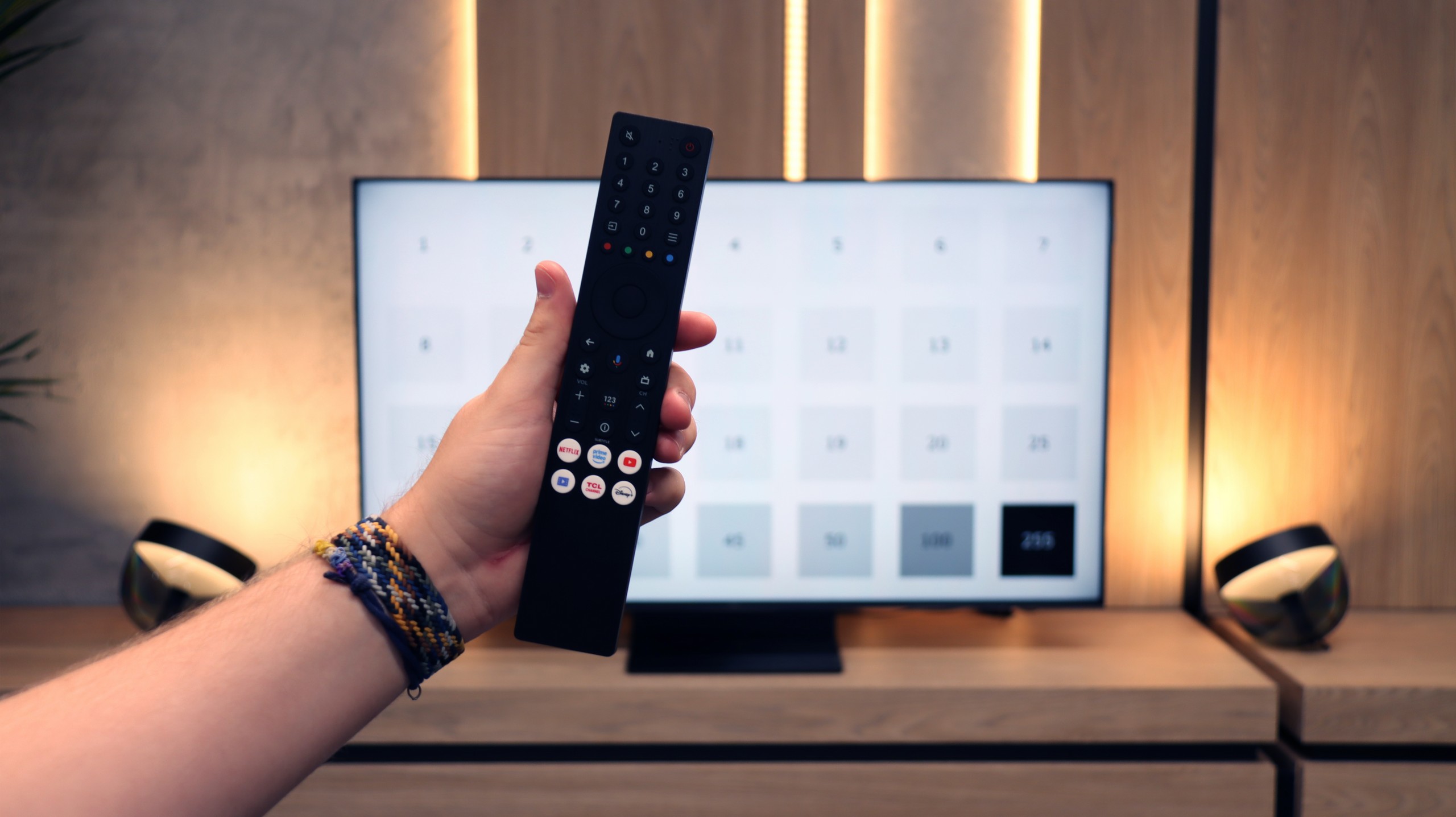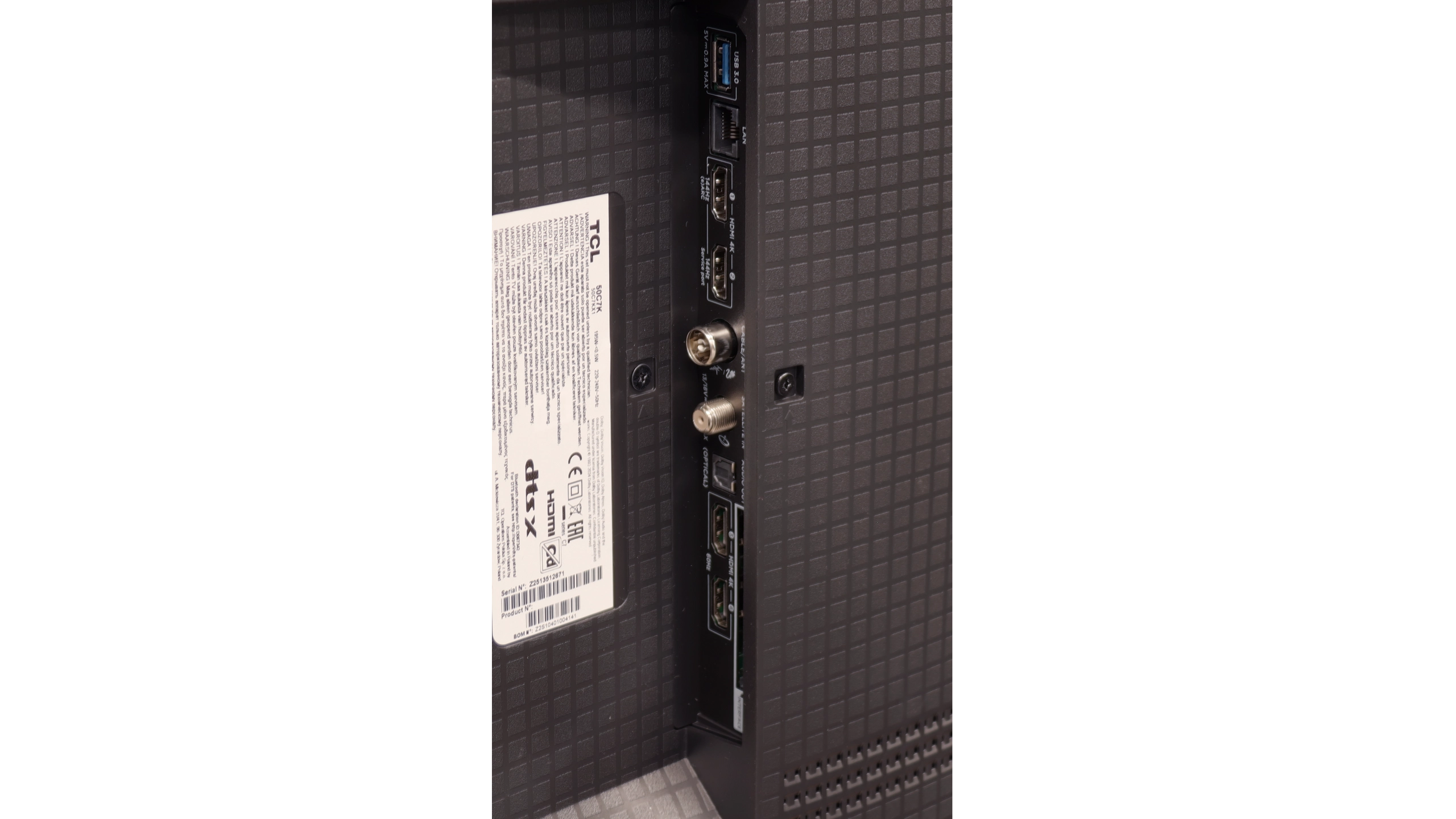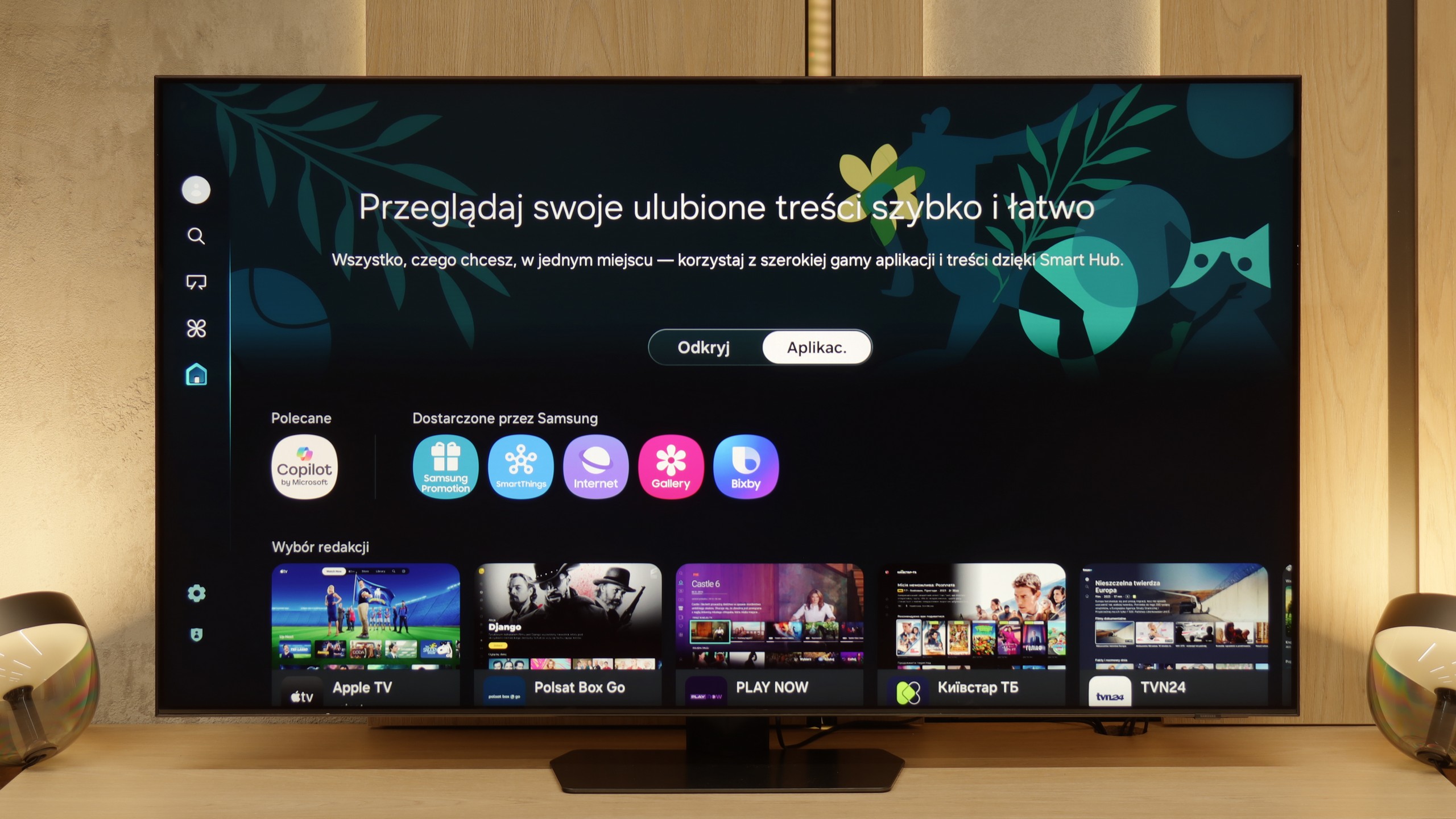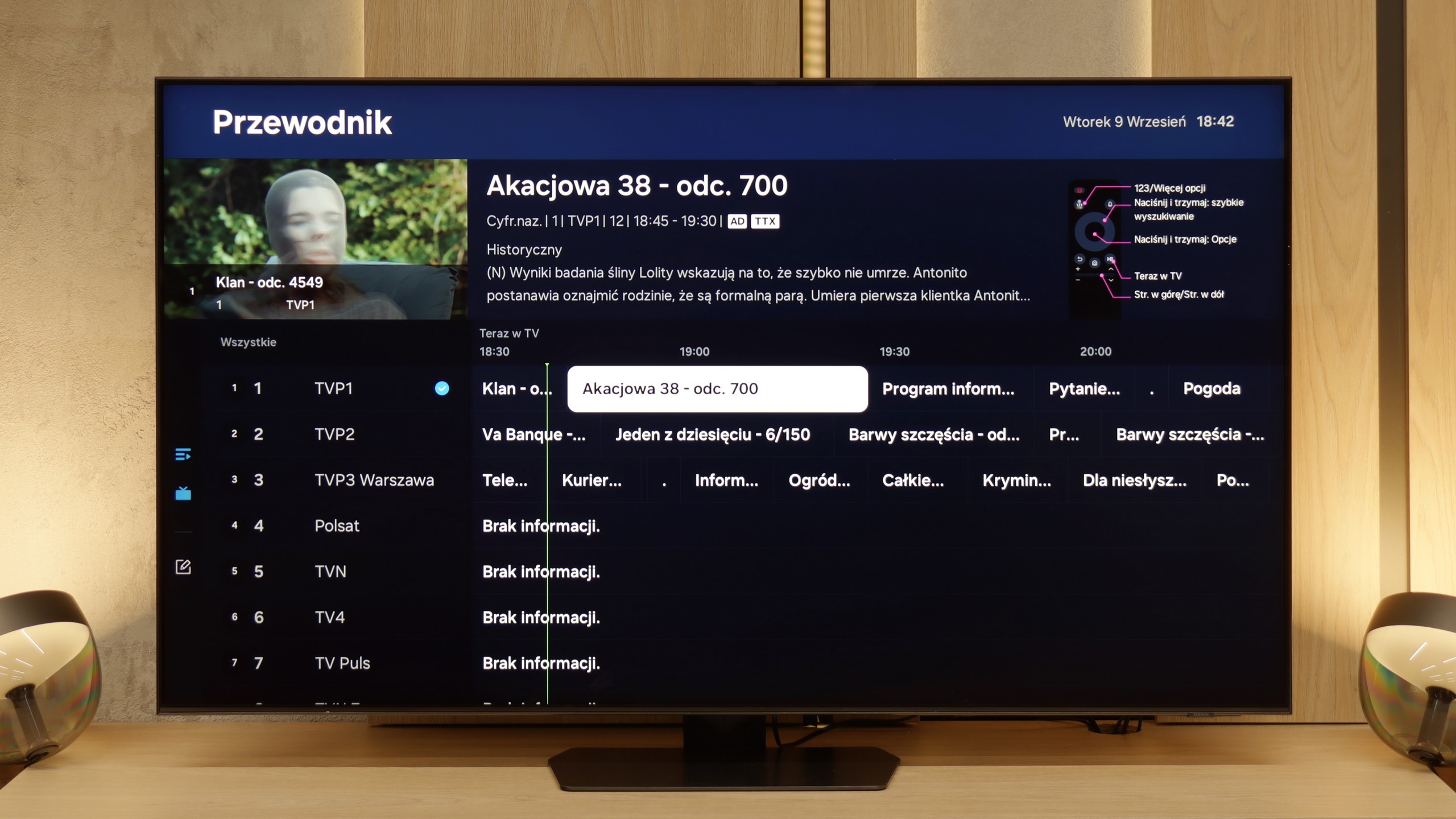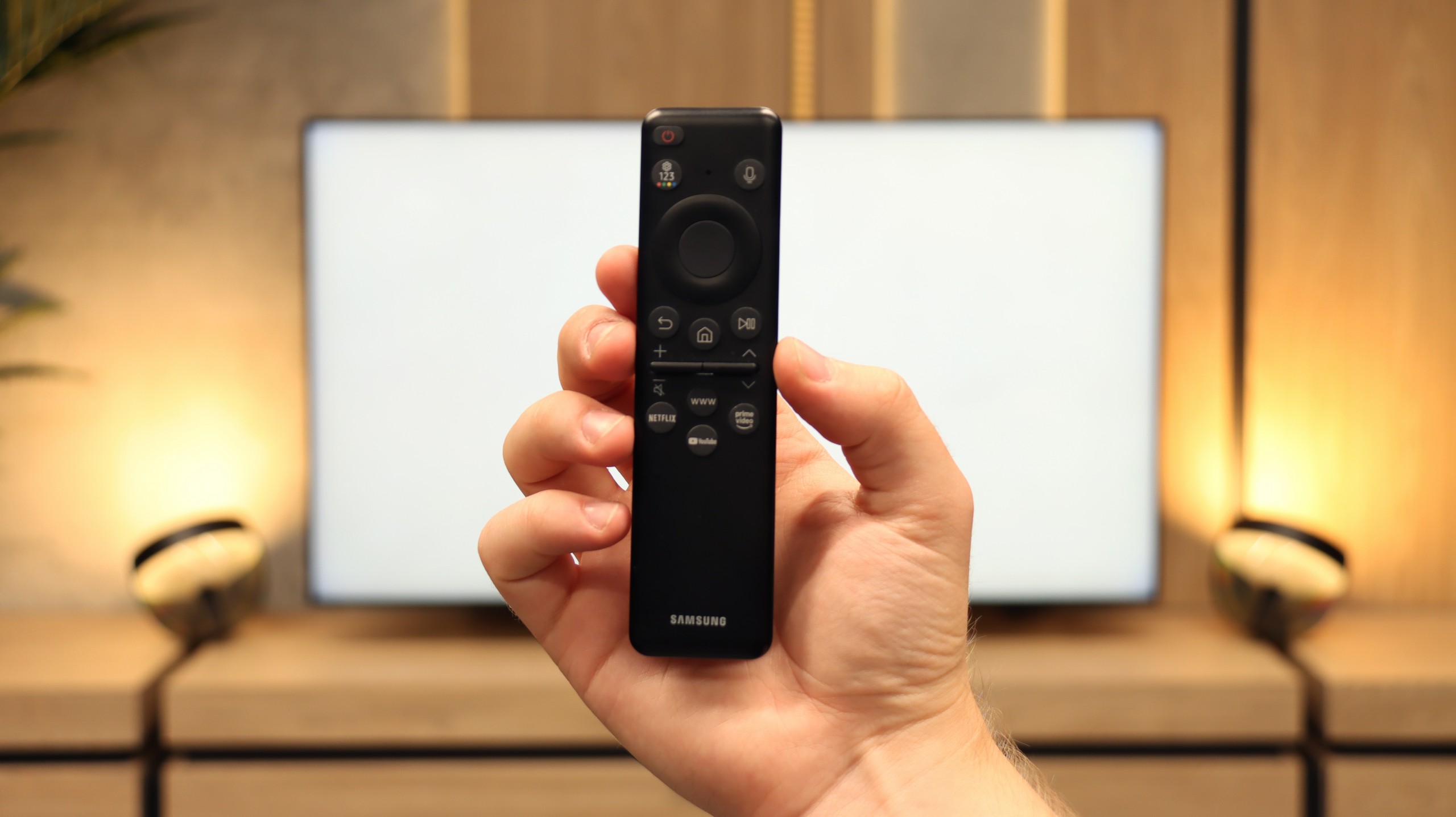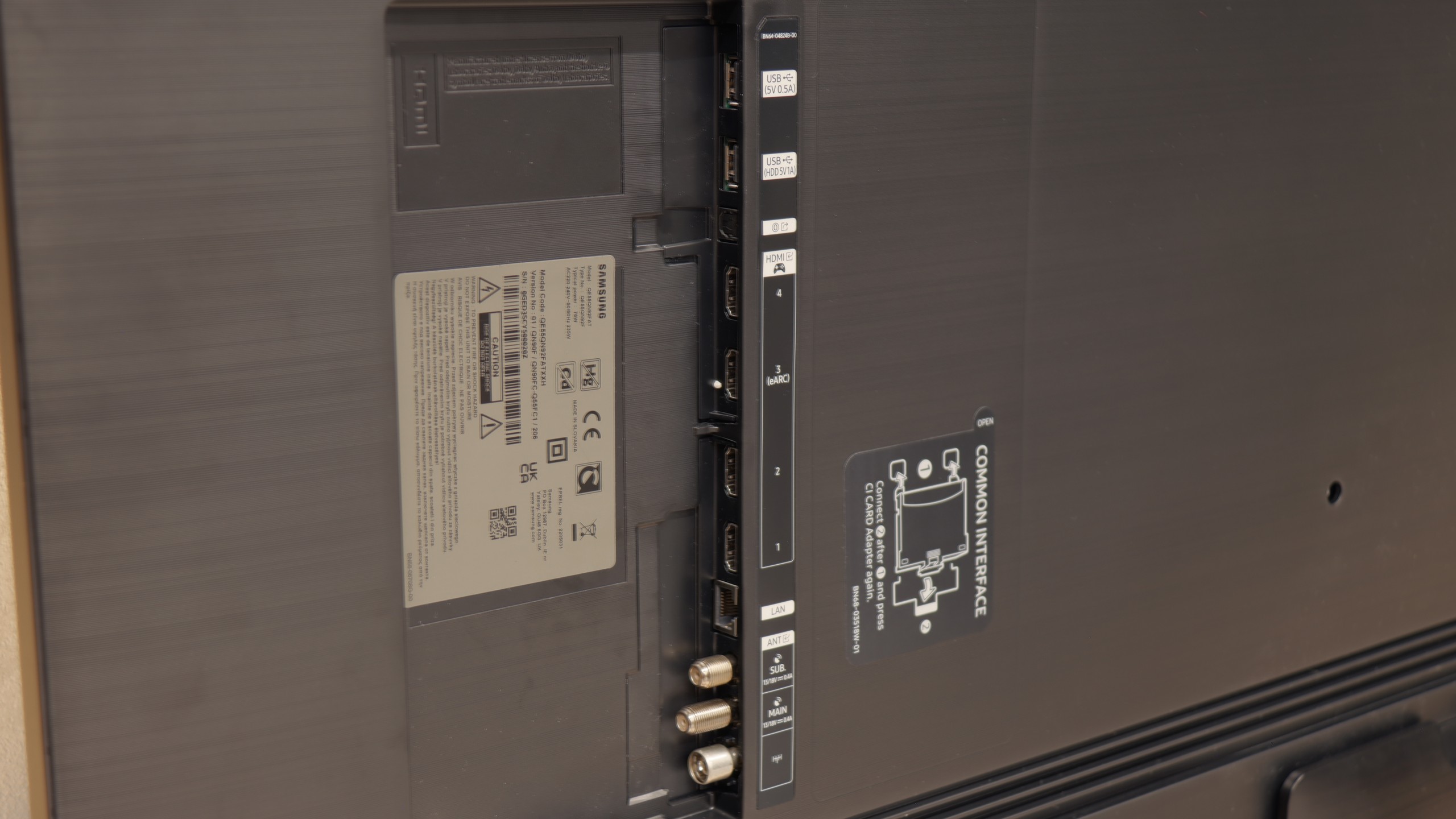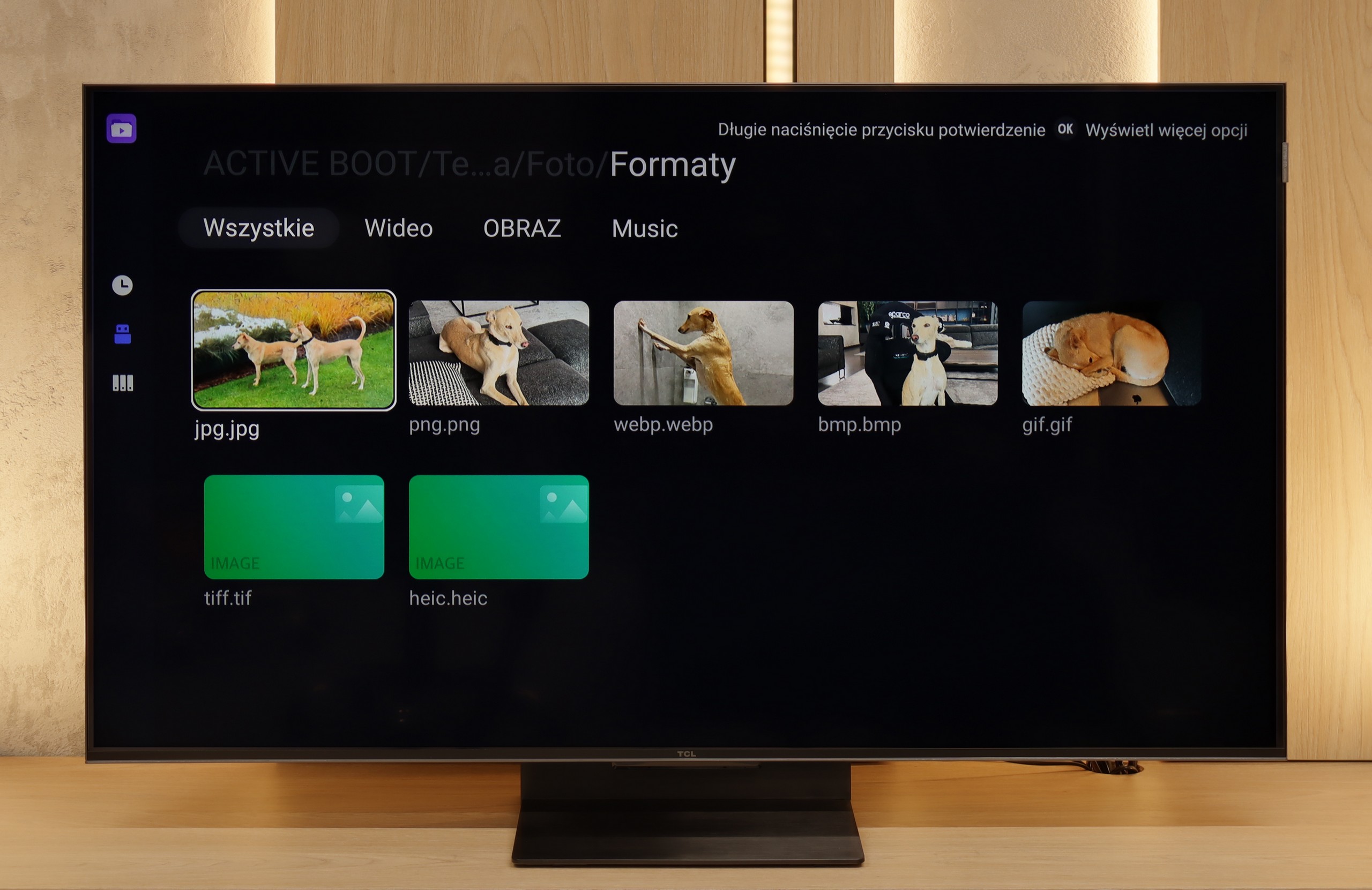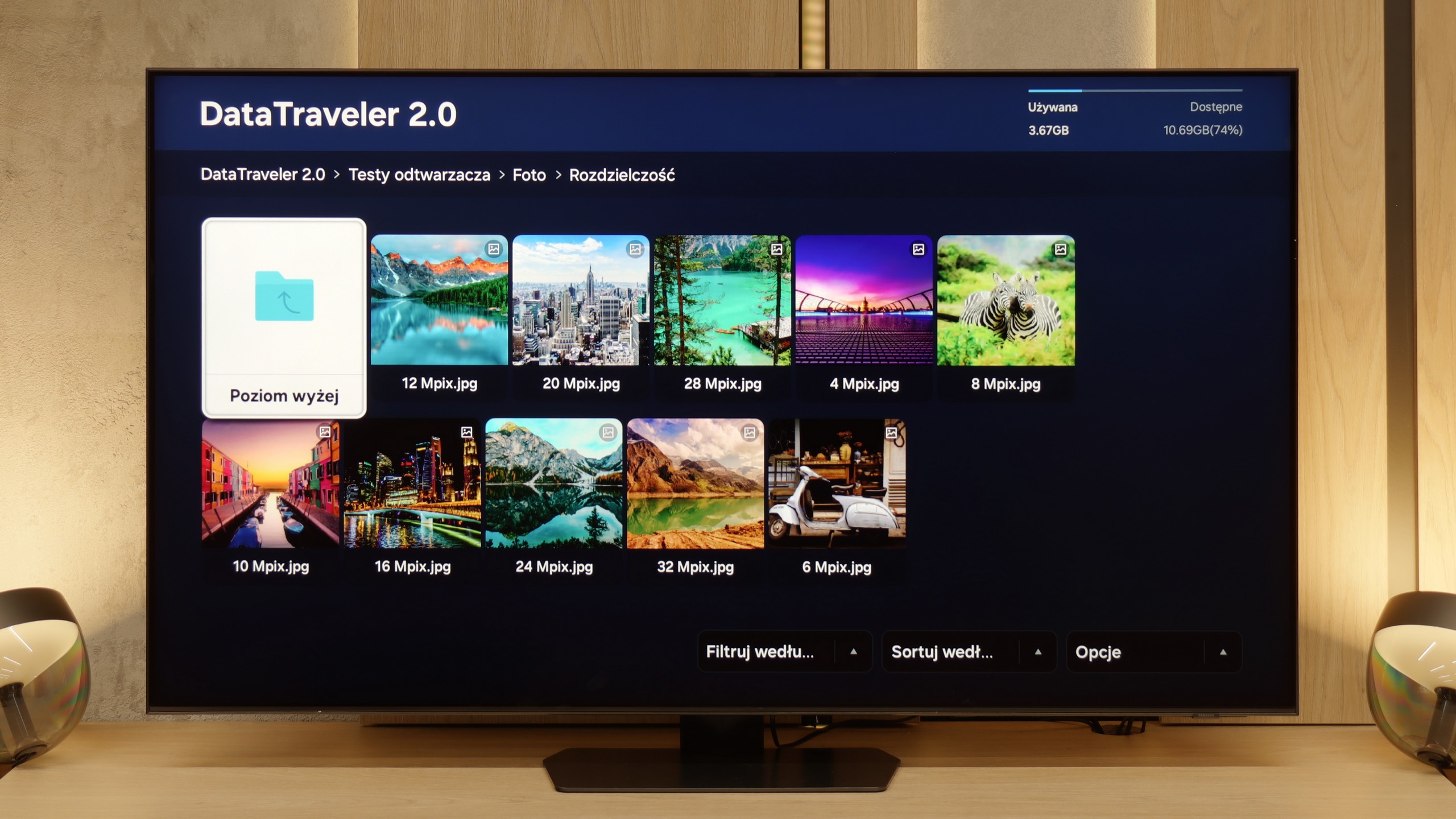There are televisions that come in for testing and at first glance seem like just another "average" model. The TCL C7K looks just that way – without grand claims of revolution, without ambitions to dethrone OLEDs. Yet after spending a few days with this model, it's hard not to conclude that it's actually a well-made product. Its greatest strengths? Very good picture quality at a reasonable price. MiniLED combined with QLED filtering provides vibrant colours, high brightness, and contrast that really impresses in this class. Motion in sports or gaming looks smooth, and the presence of HDMI 2.1 and 144 Hz refresh rate makes gaming on this model a pure delight. Additionally, there's the Google TV system – it offers a vast range of possibilities: from voice control to AirPlay support, and access to all the most important applications.
Are there any drawbacks? Certainly. MiniLED still has its limitations, and in the most challenging cinematic scenes, compromises in dimming can be noticed. Google TV also doesn't always run perfectly smoothly. However, these are rather minor issues that don't overshadow the overall picture – which is indeed very positive. It's also worth highlighting the difference between versions. The 50-inch version we tested can surprise, but the 55–85 inch models perform significantly better – they have more lighting zones, even higher contrast quality, and better sound. So if you're considering purchasing the C7K, it's definitely worth opting for a larger size.
The Samsung QN90F is a television that demonstrates, in many respects, how mature the development of miniLED technology can be. It offers excellent contrast and blacks, very high HDR brightness, which works well for both films and games, along with a matte screen that makes a huge difference in everyday use. This is what makes the QN90F one of the best televisions for viewing in sunny living rooms – reflections and glare virtually disappear, and the image remains sharp and clear. Gamers, in turn, receive a package of all the essential features, very low input lag, and a unique Game Motion Plus mode, which continues to be a strong advantage of Samsung over the competition. In addition, there is a fast Tizen system, high-quality smart features, and quite pleasant audio that can be enhanced with a soundbar through Q-Symphony. However, there are compromises. Samsung chose to forgo a coating that expands viewing angles – and while the matte screen performs brilliantly during the day, a noticeable decrease in brightness and colour intensity is evident at steeper angles. It’s also unfortunate that with software updates, HGiG support has disappeared, which may be a significant drawback for demanding gamers. Despite these observations, the QN90F remains one of the best, if not the best, 4K miniLED televisions currently available. It’s a model that combines excellent picture parameters, high functionality, and modern design, while also being exceptionally practical for everyday use. If someone is looking for a television for a bright living room that can handle films, sports, and games – it's hard to find a better choice today.
